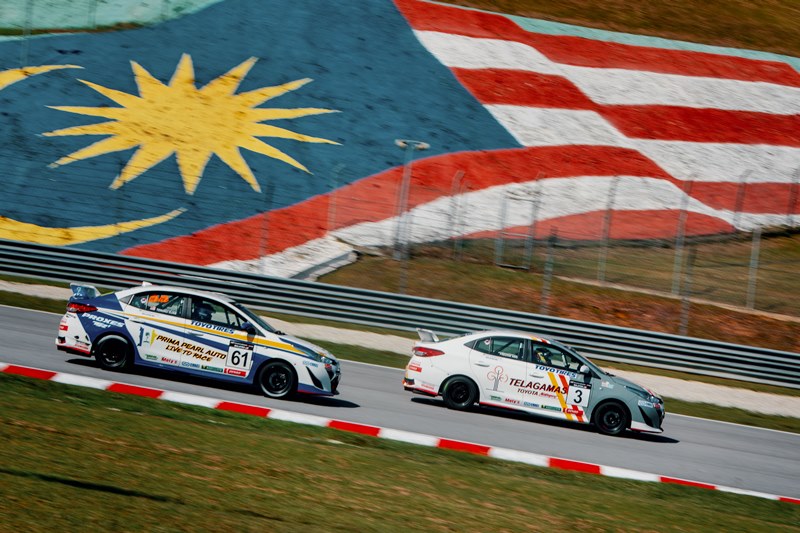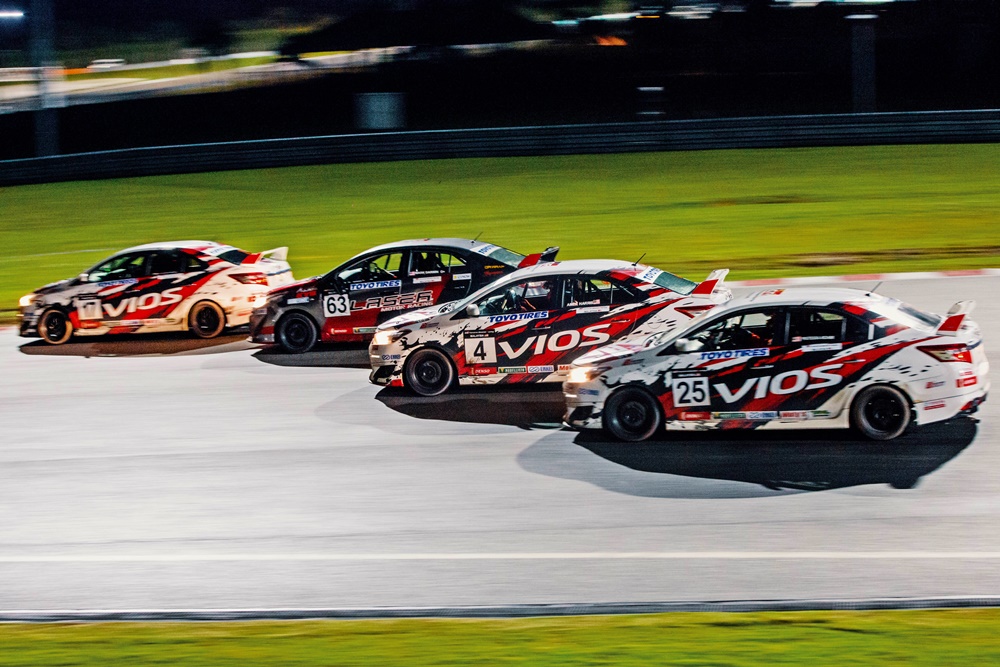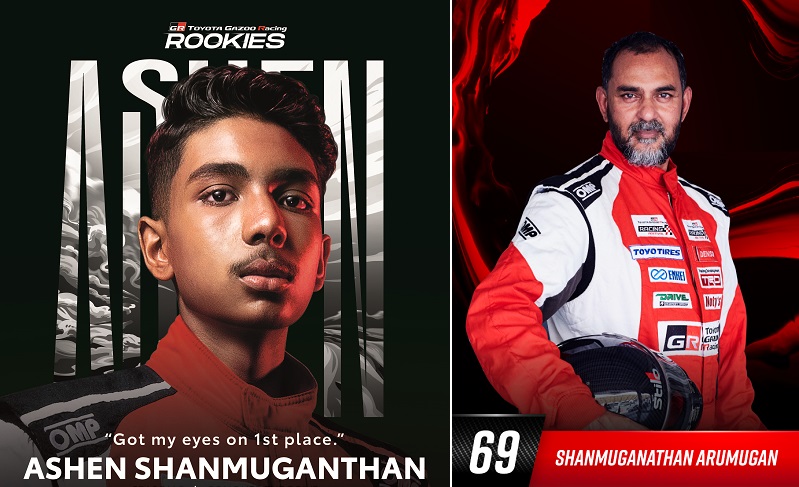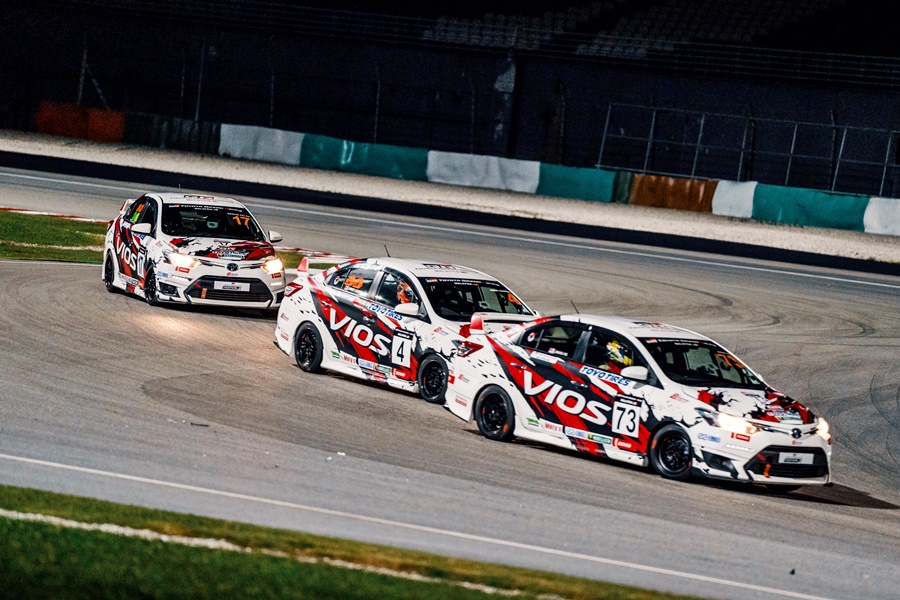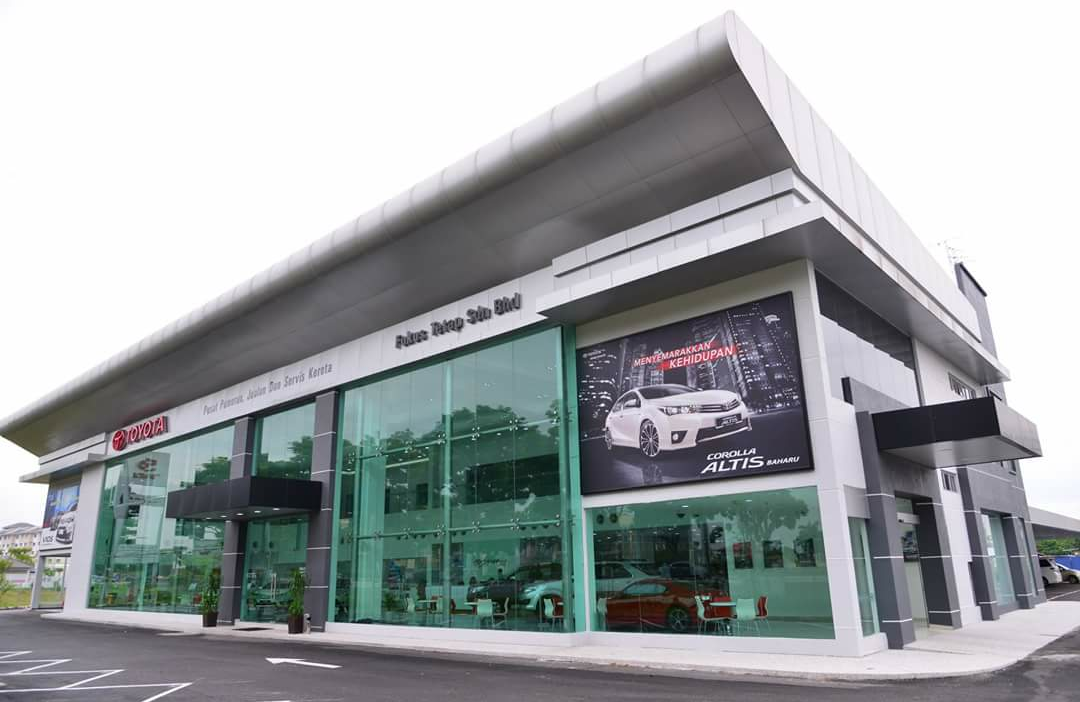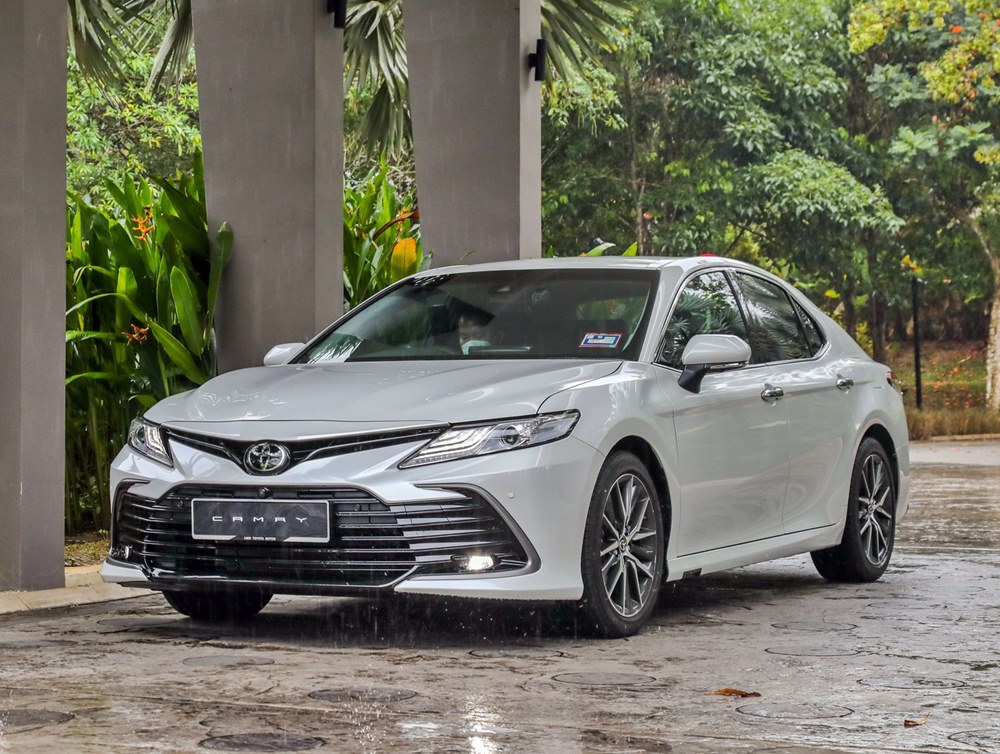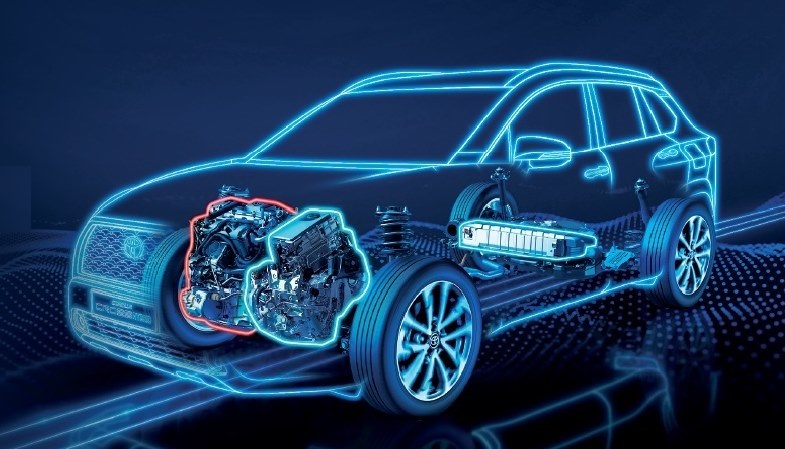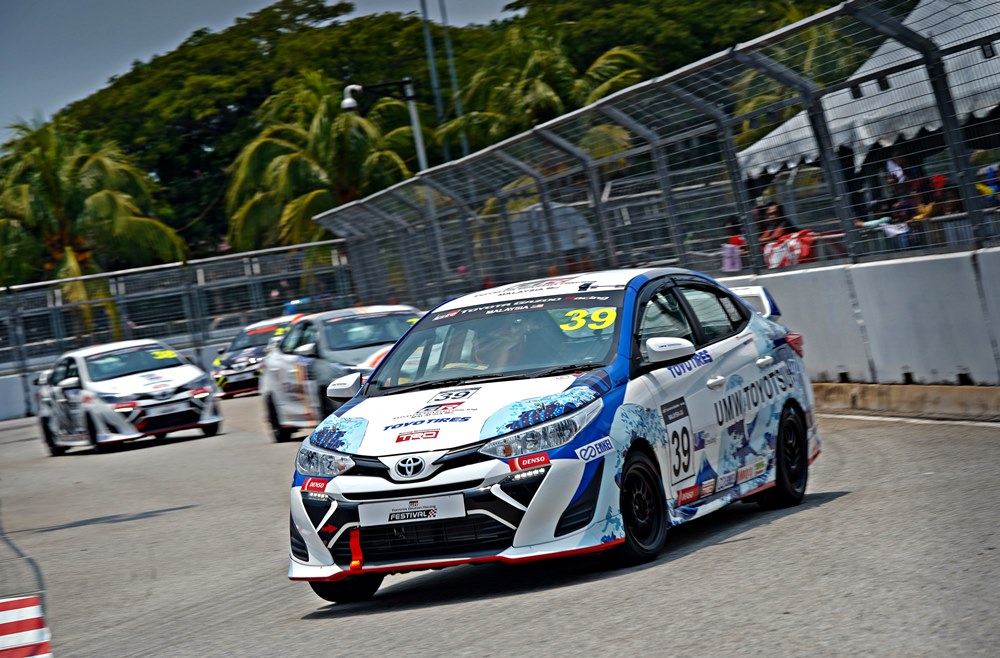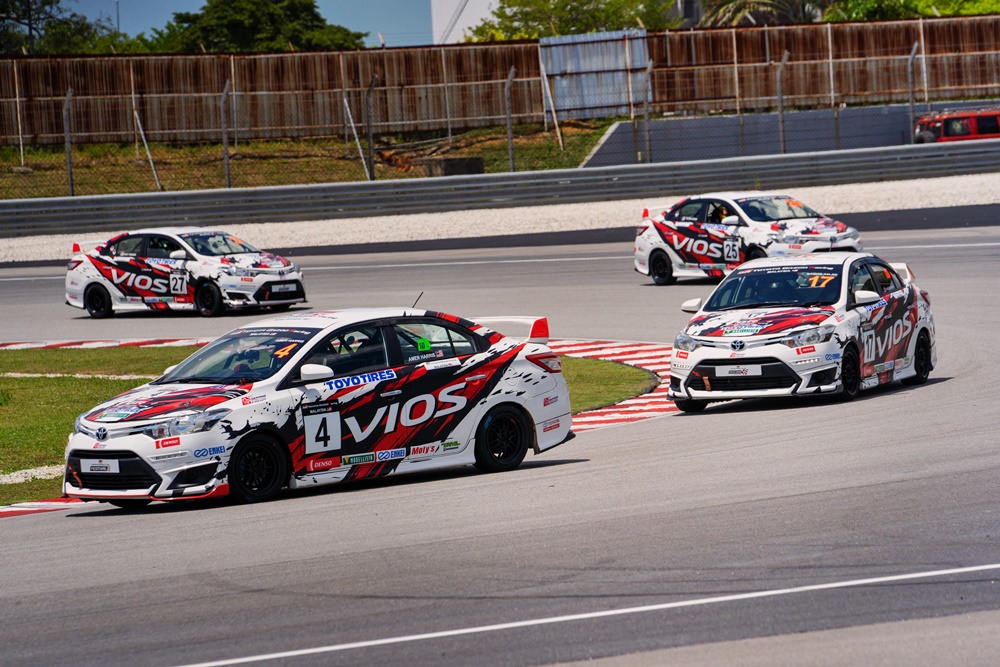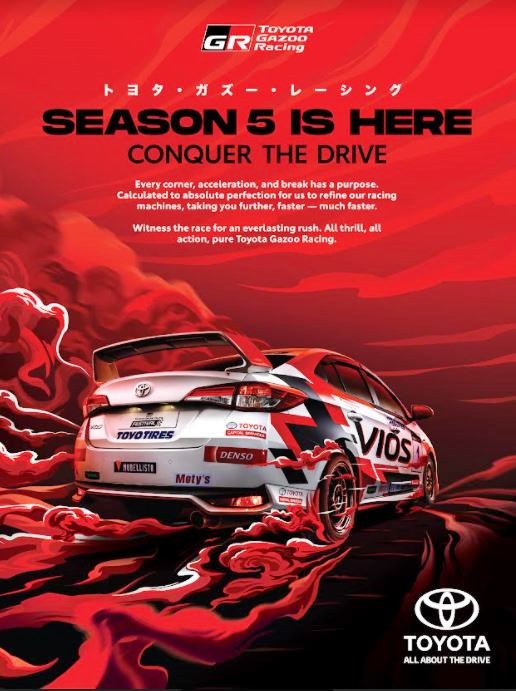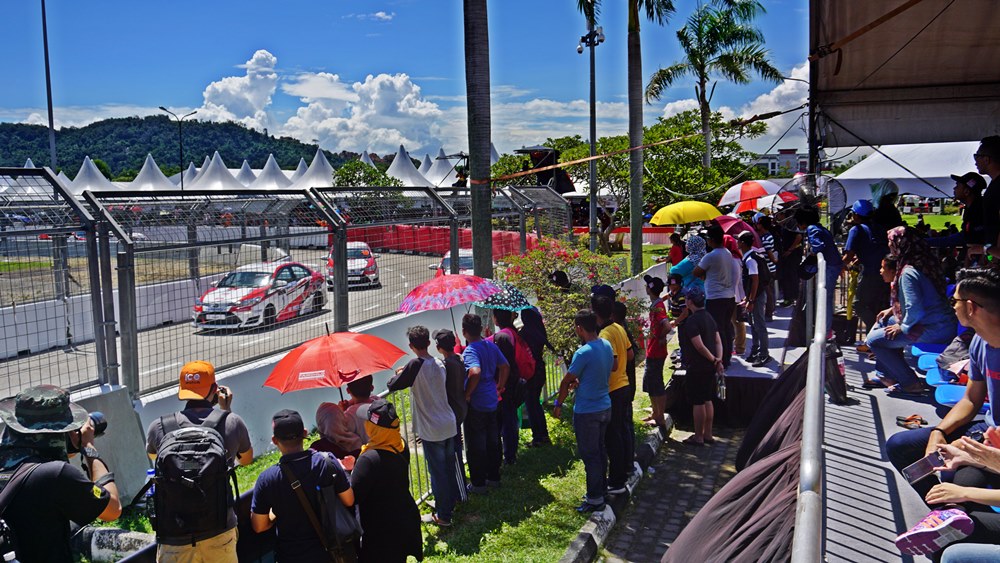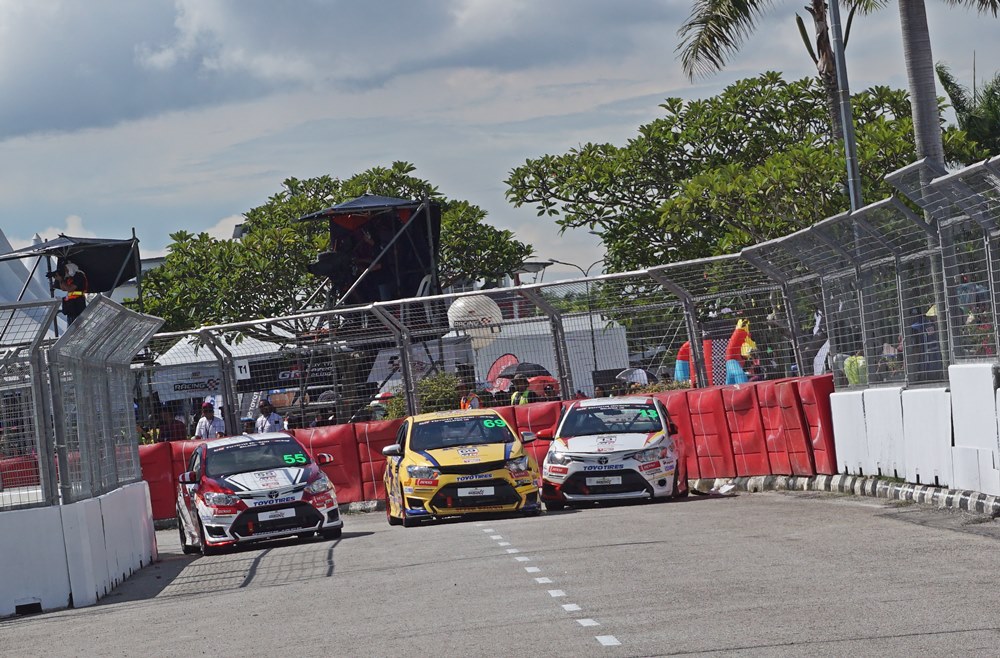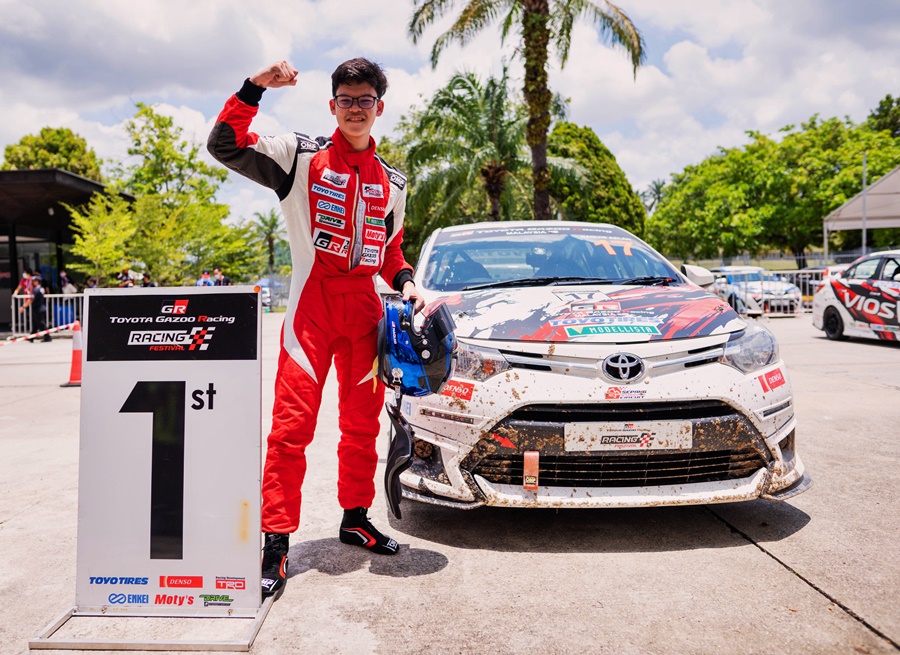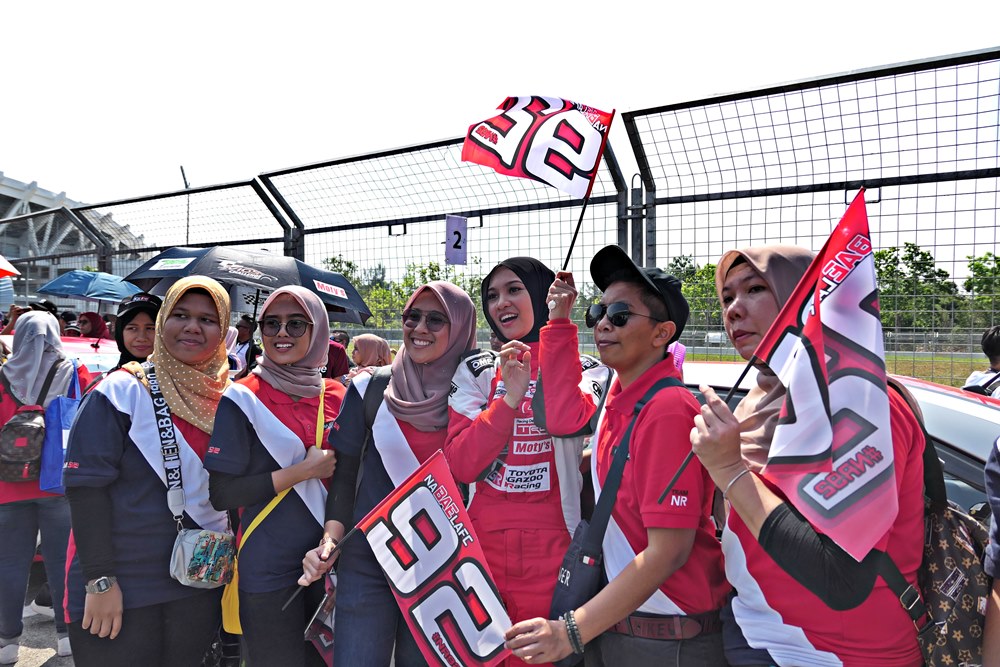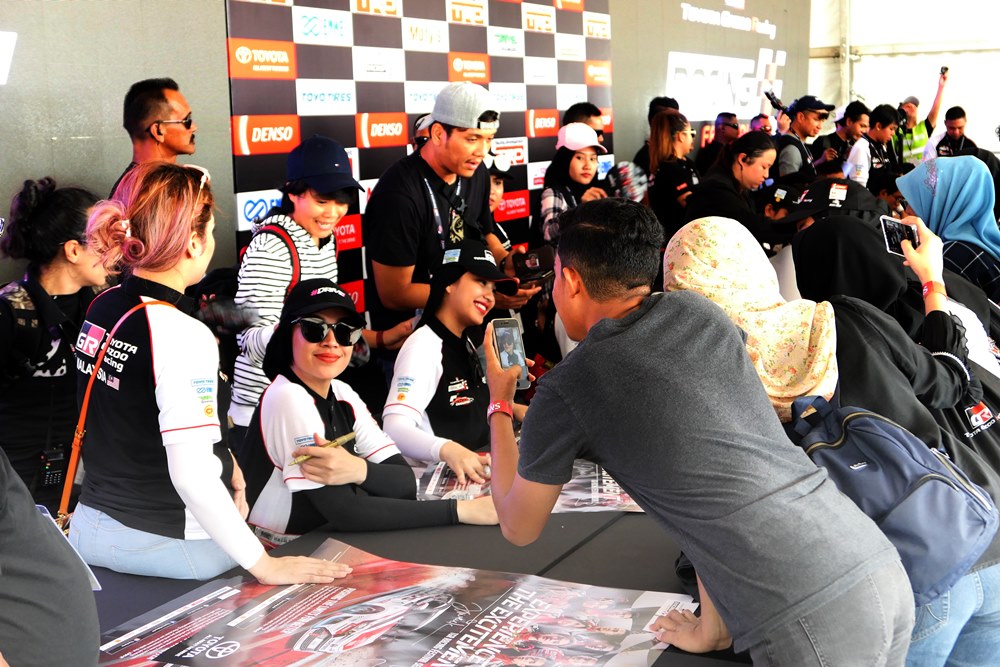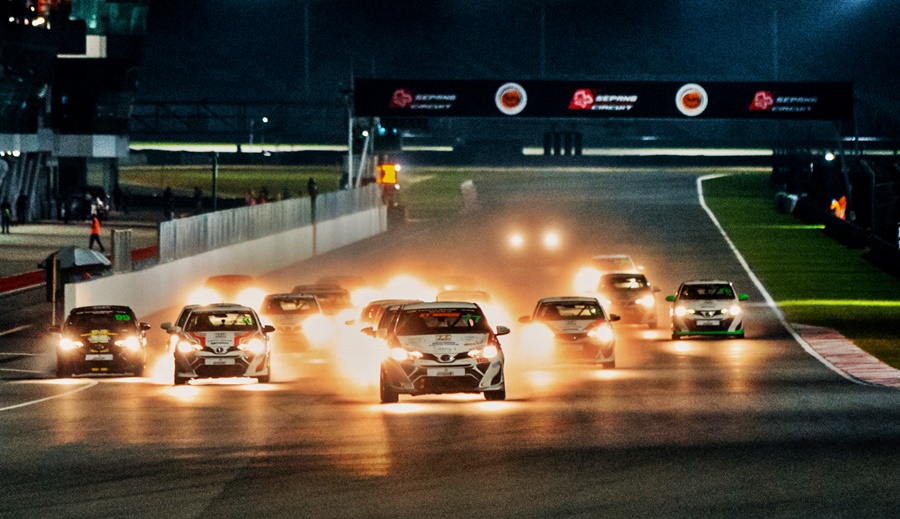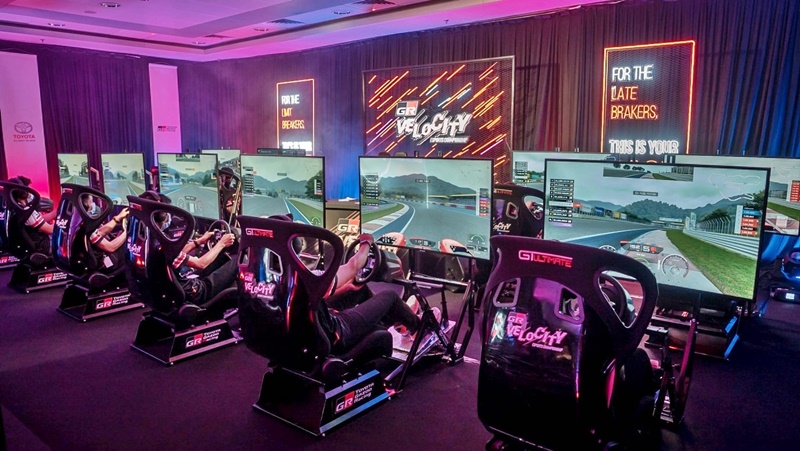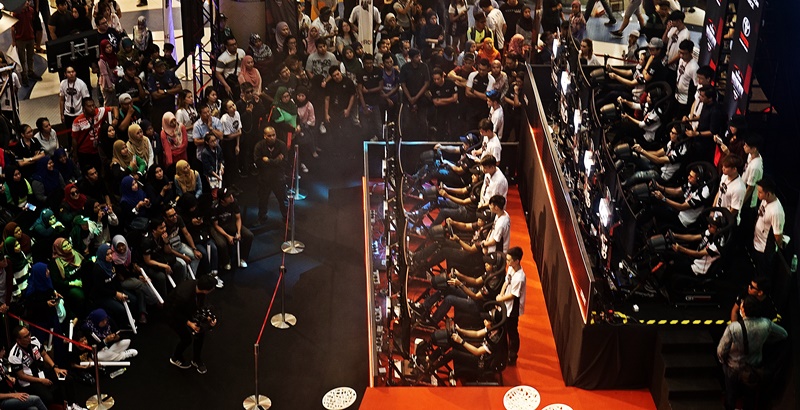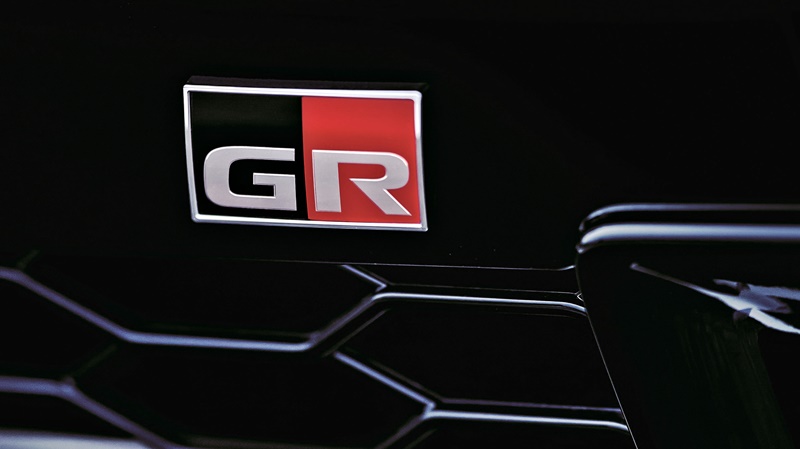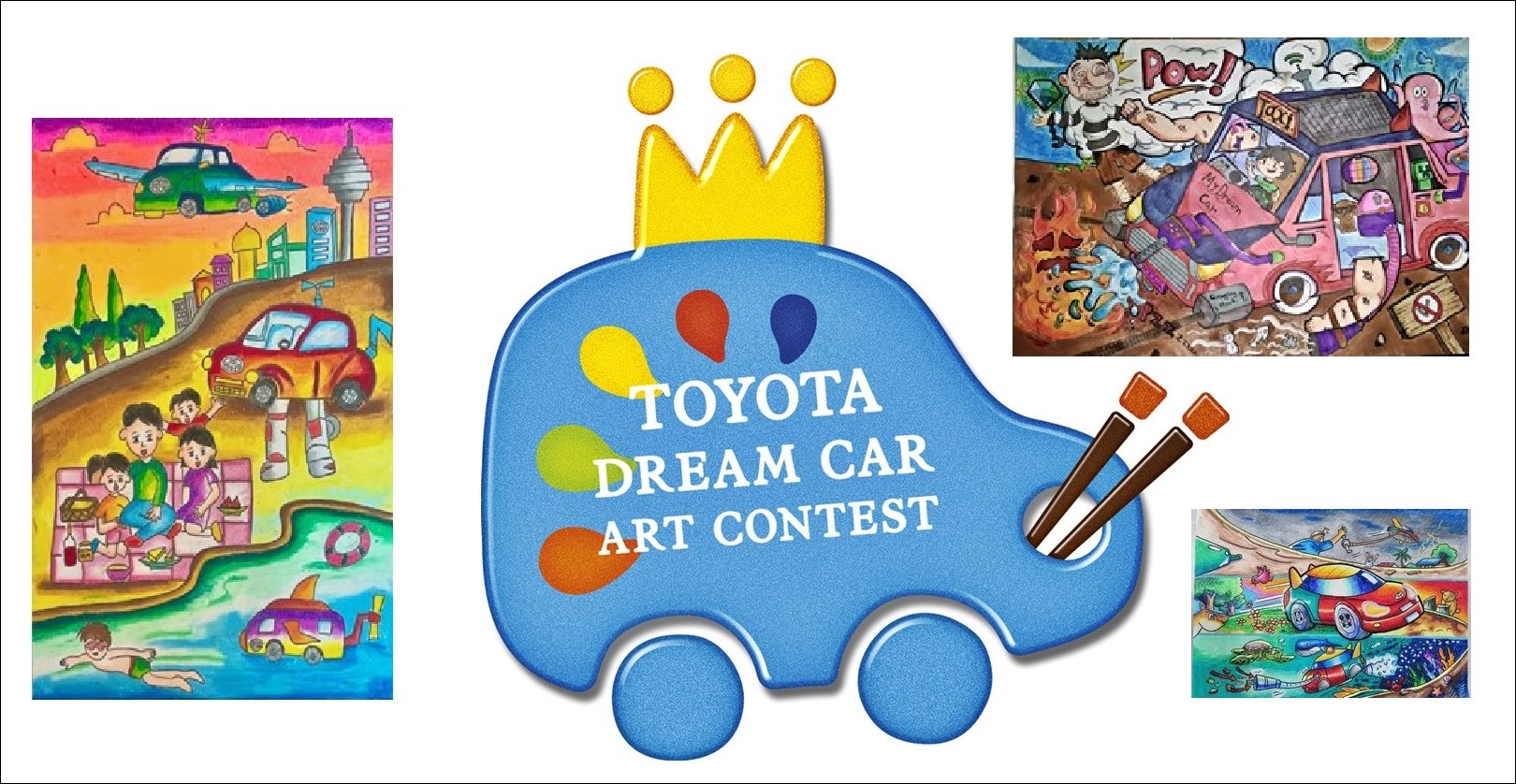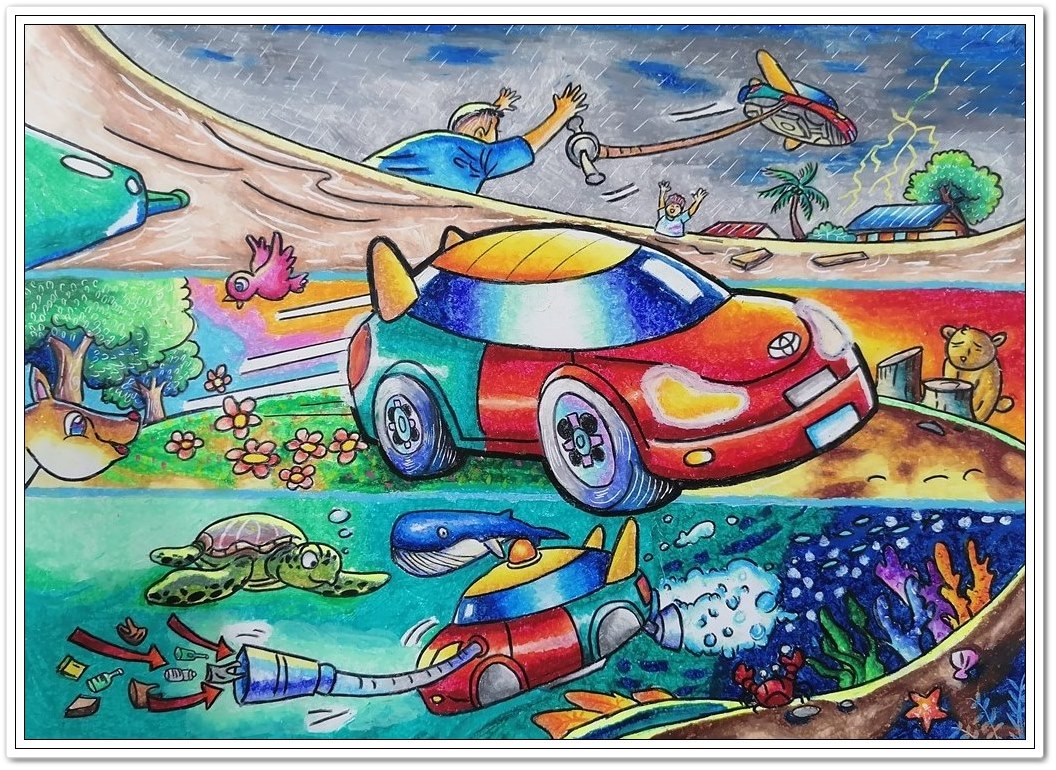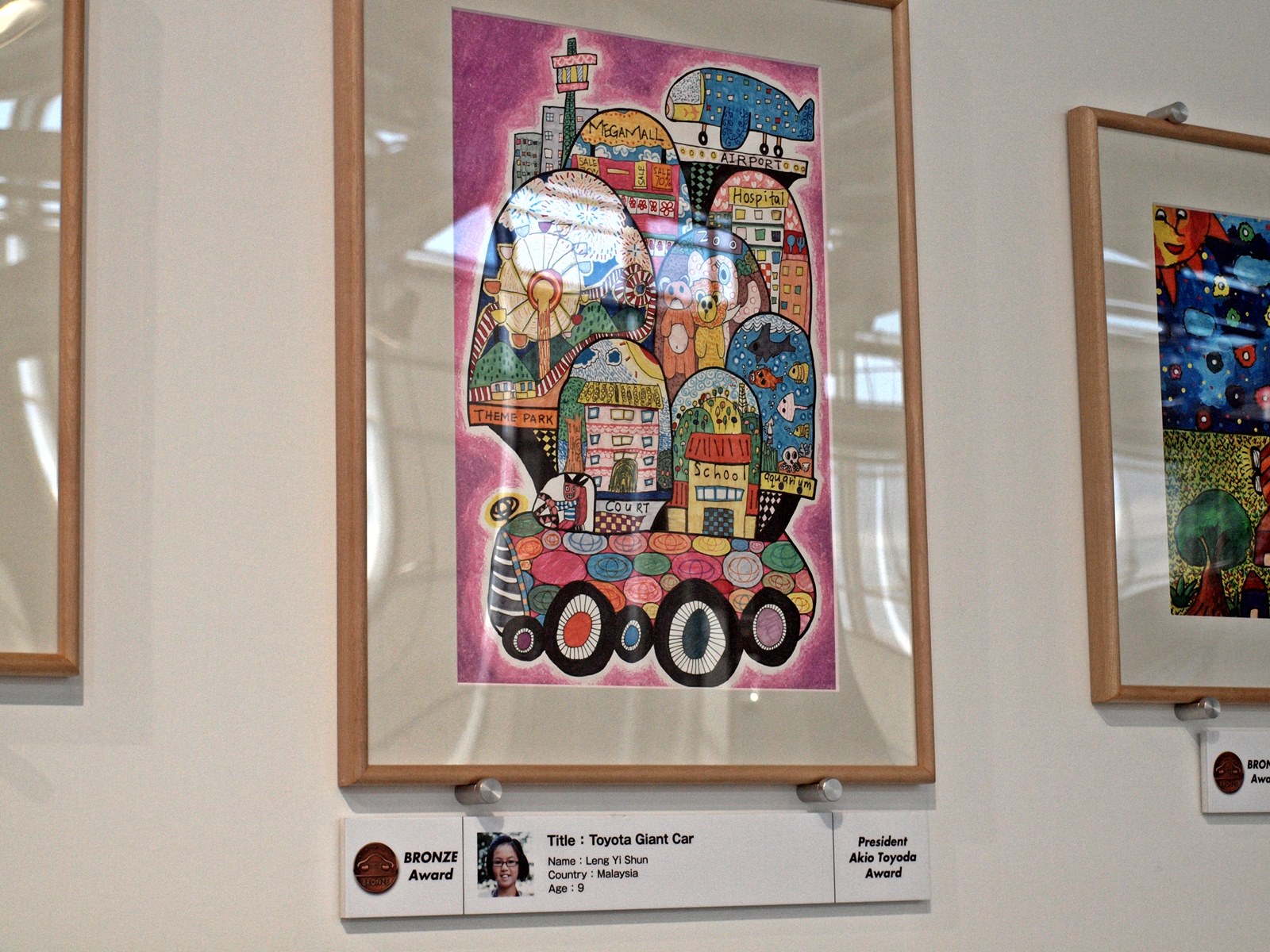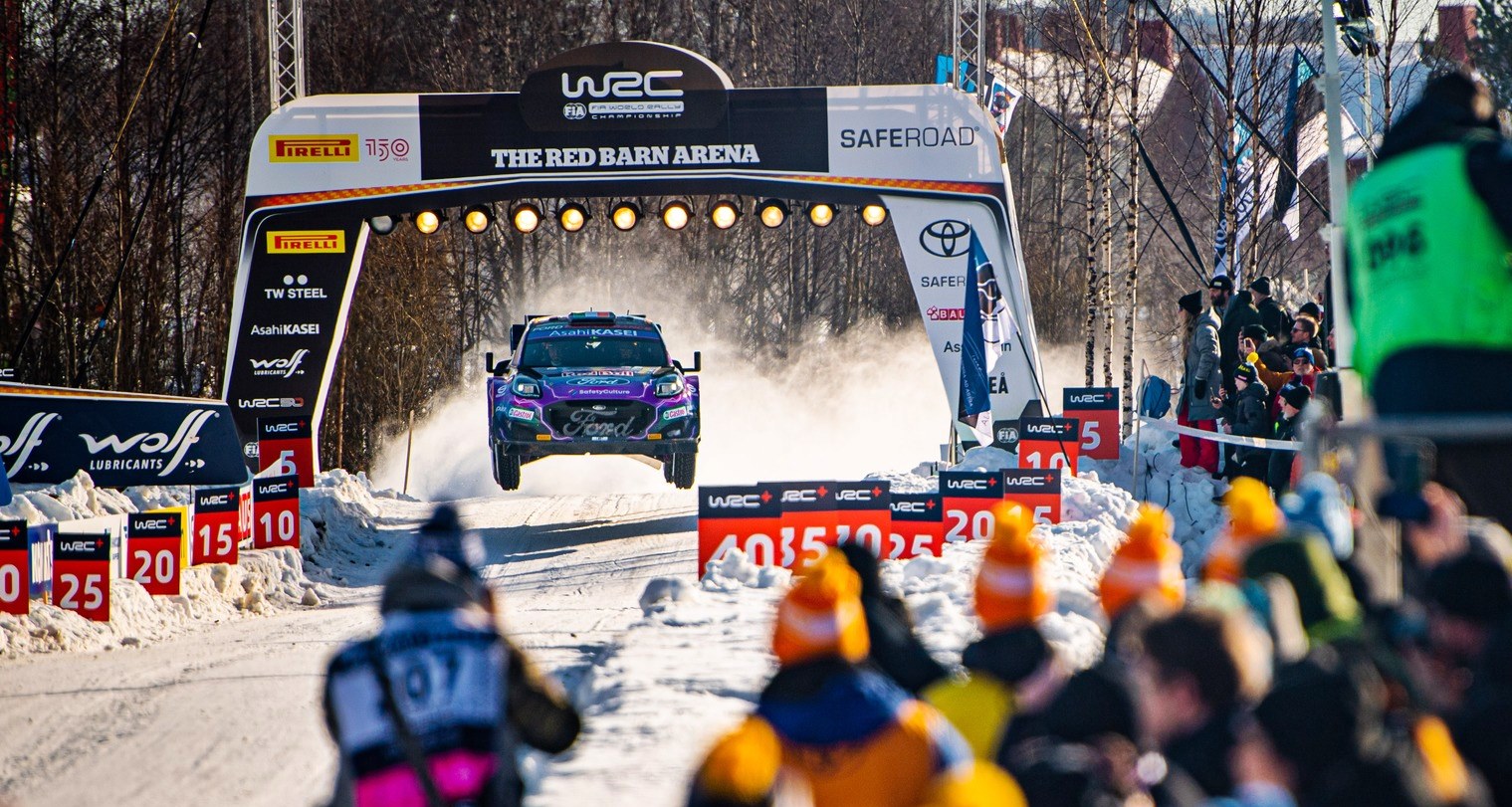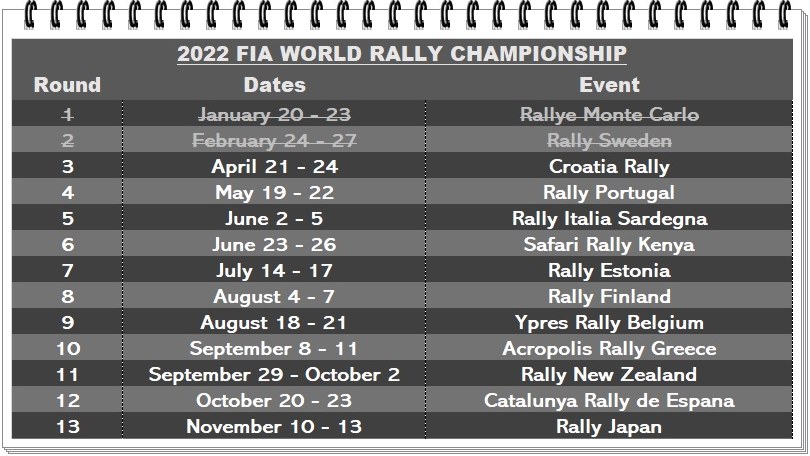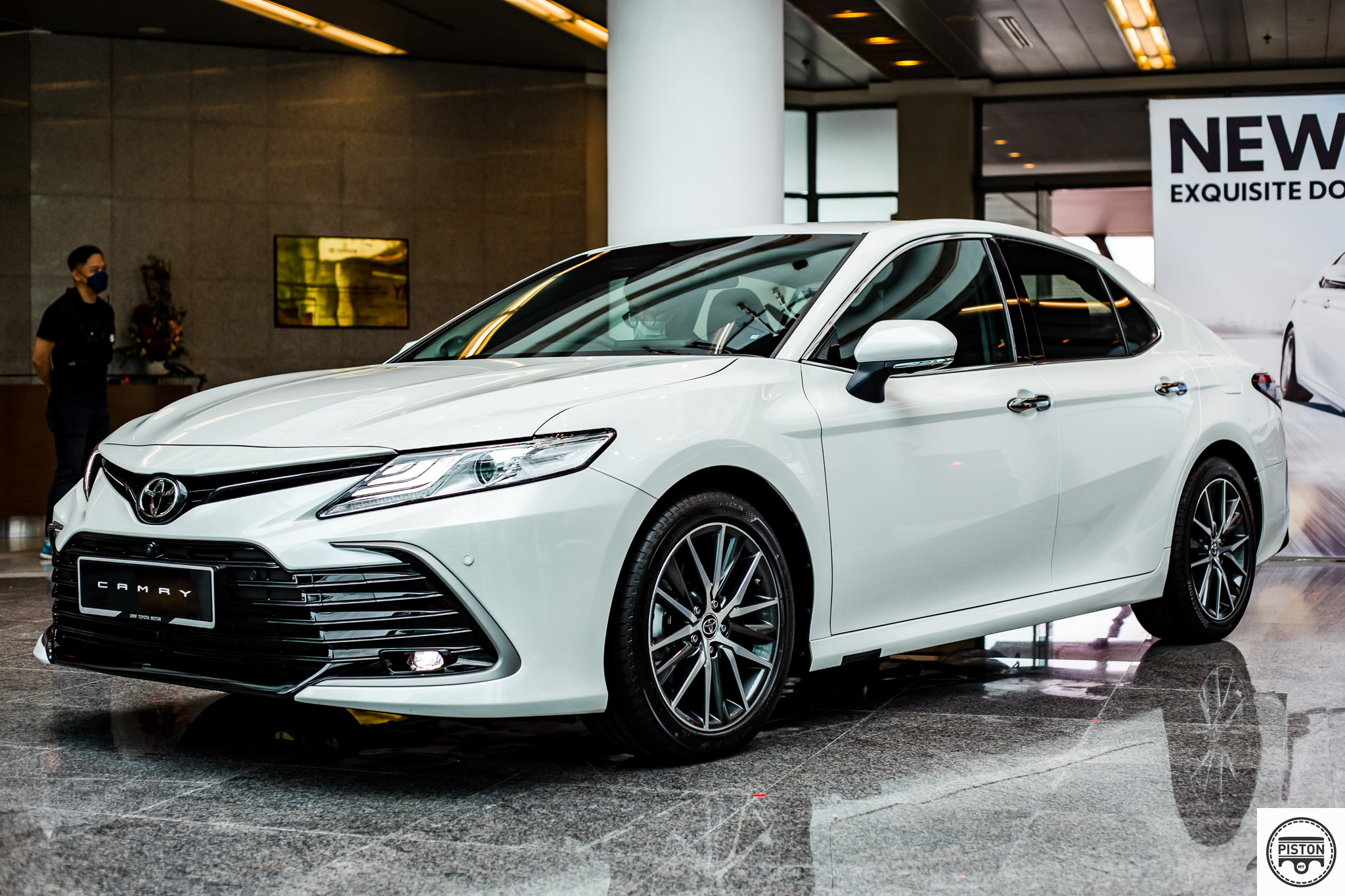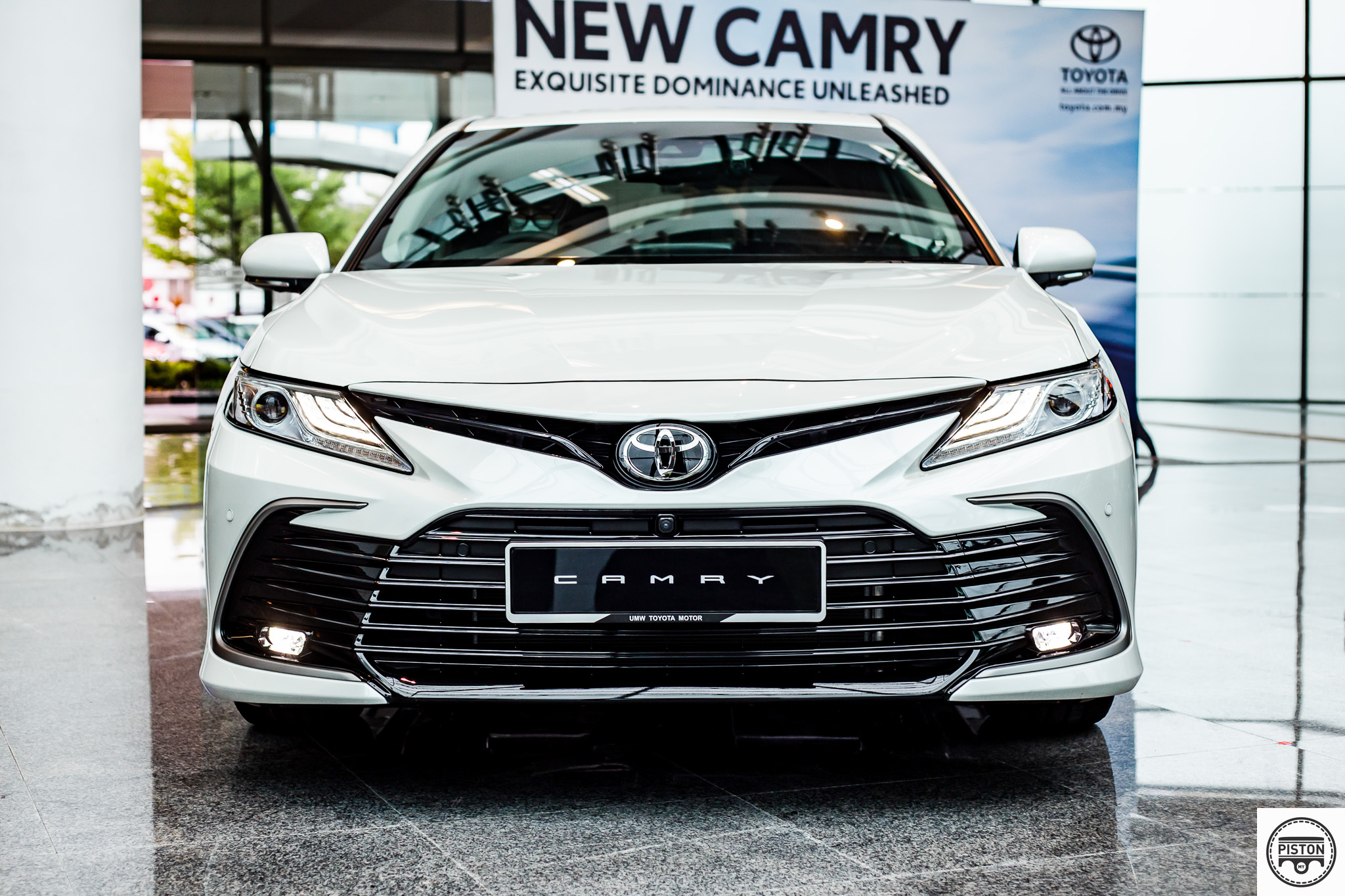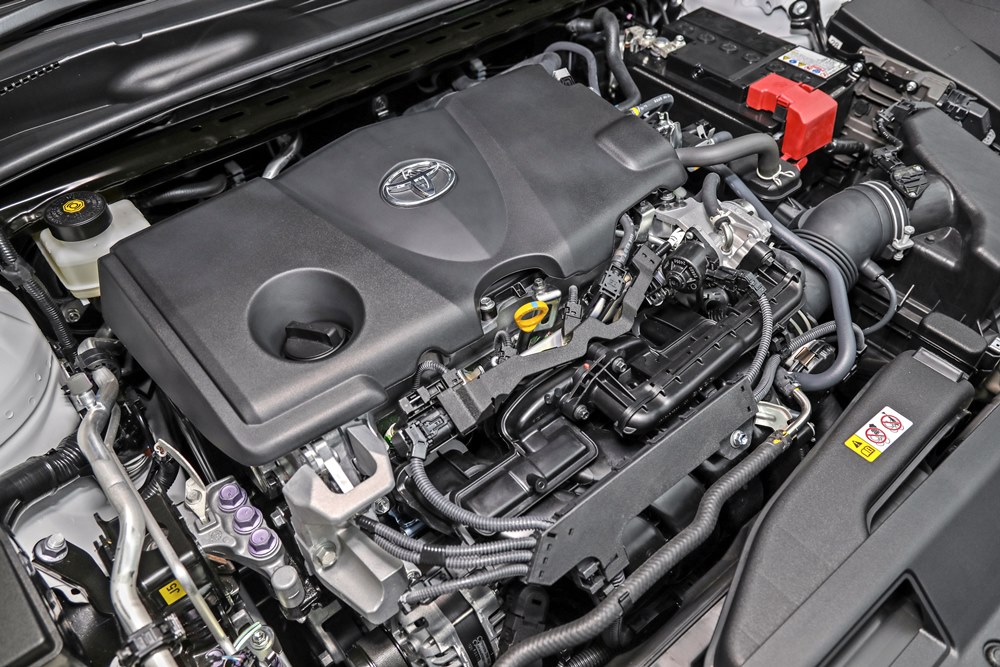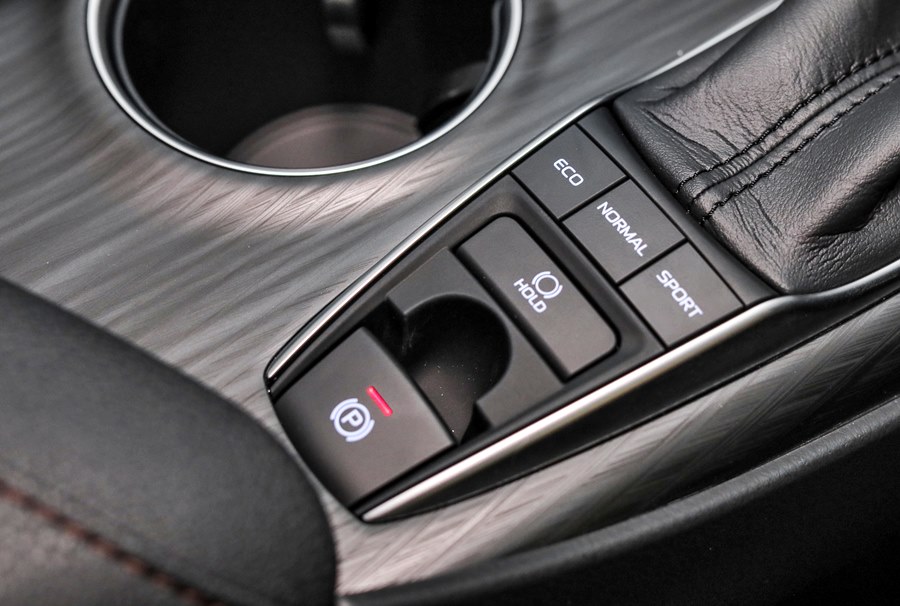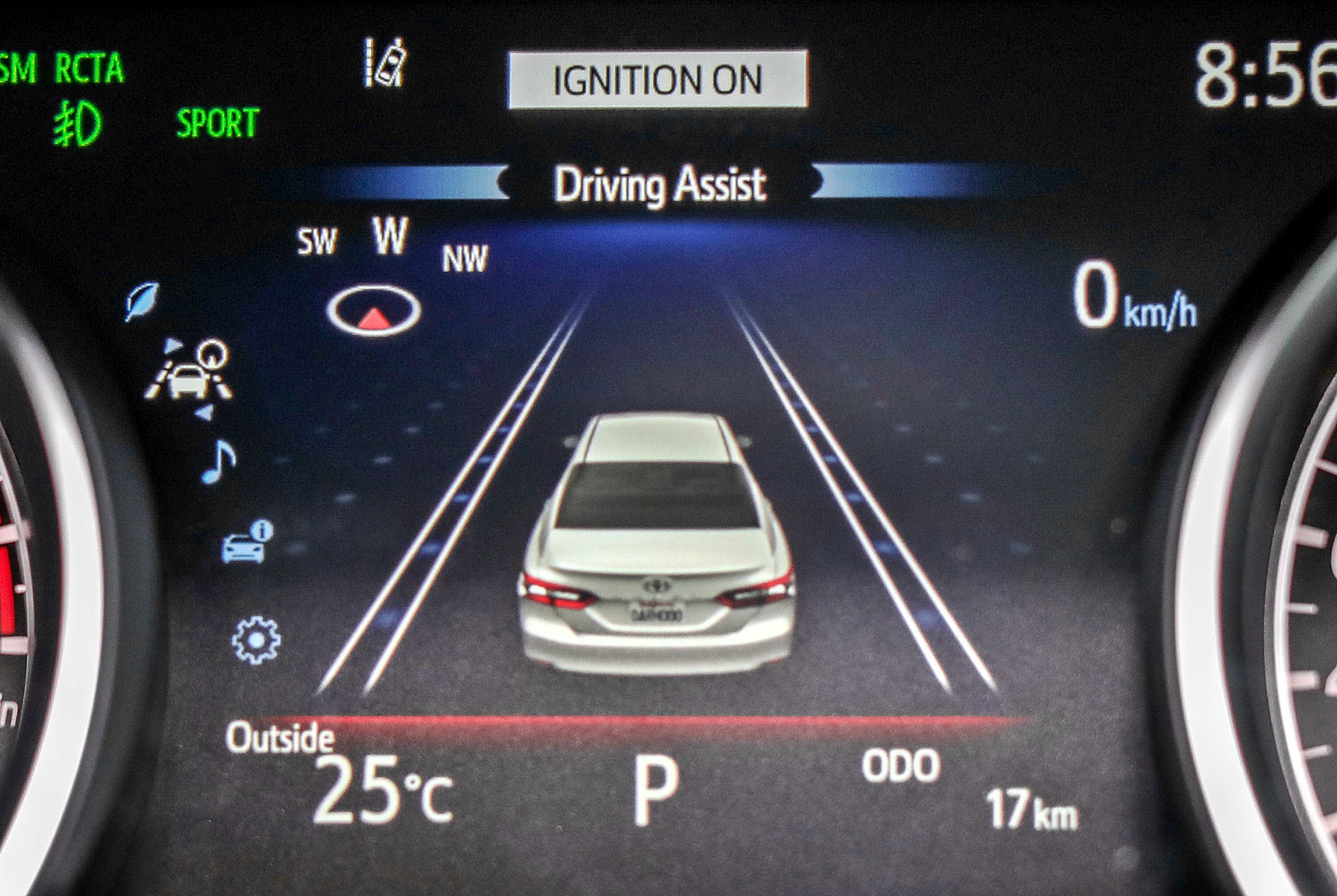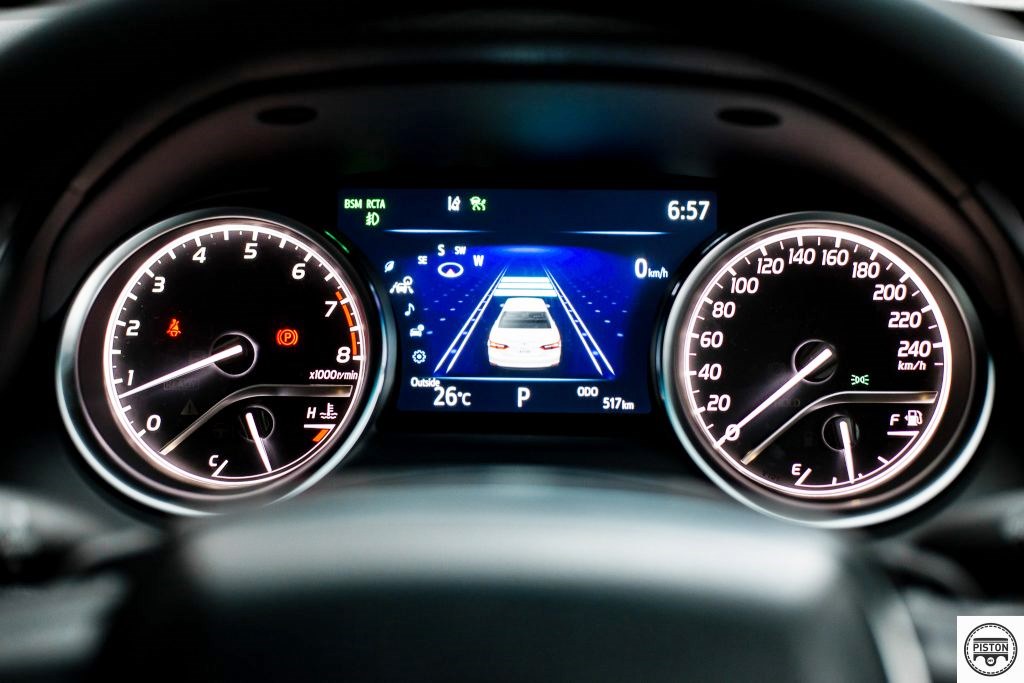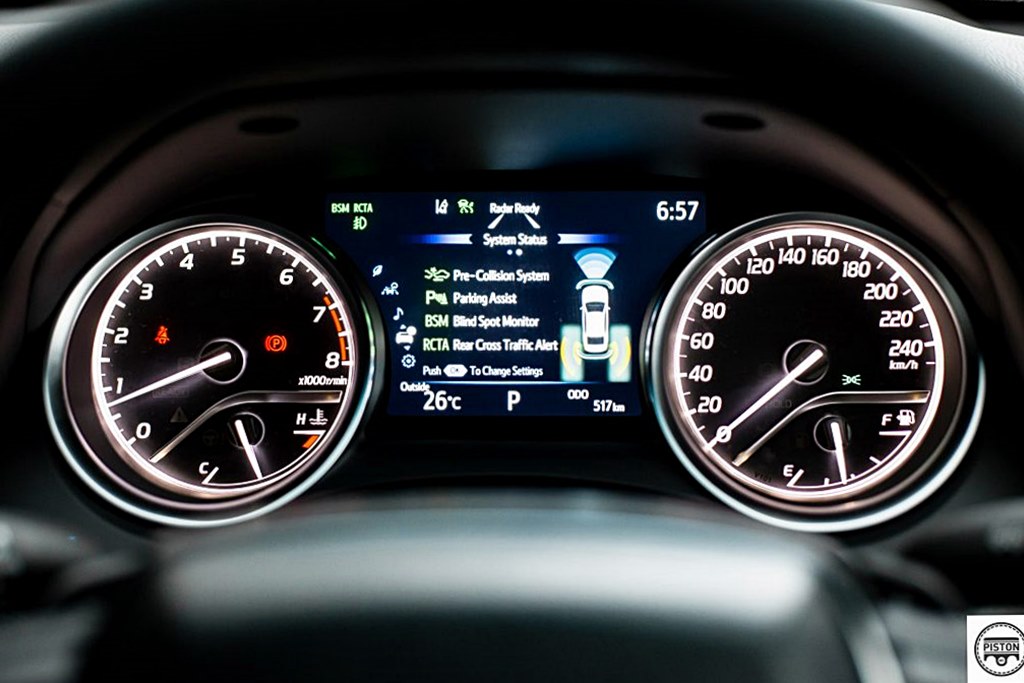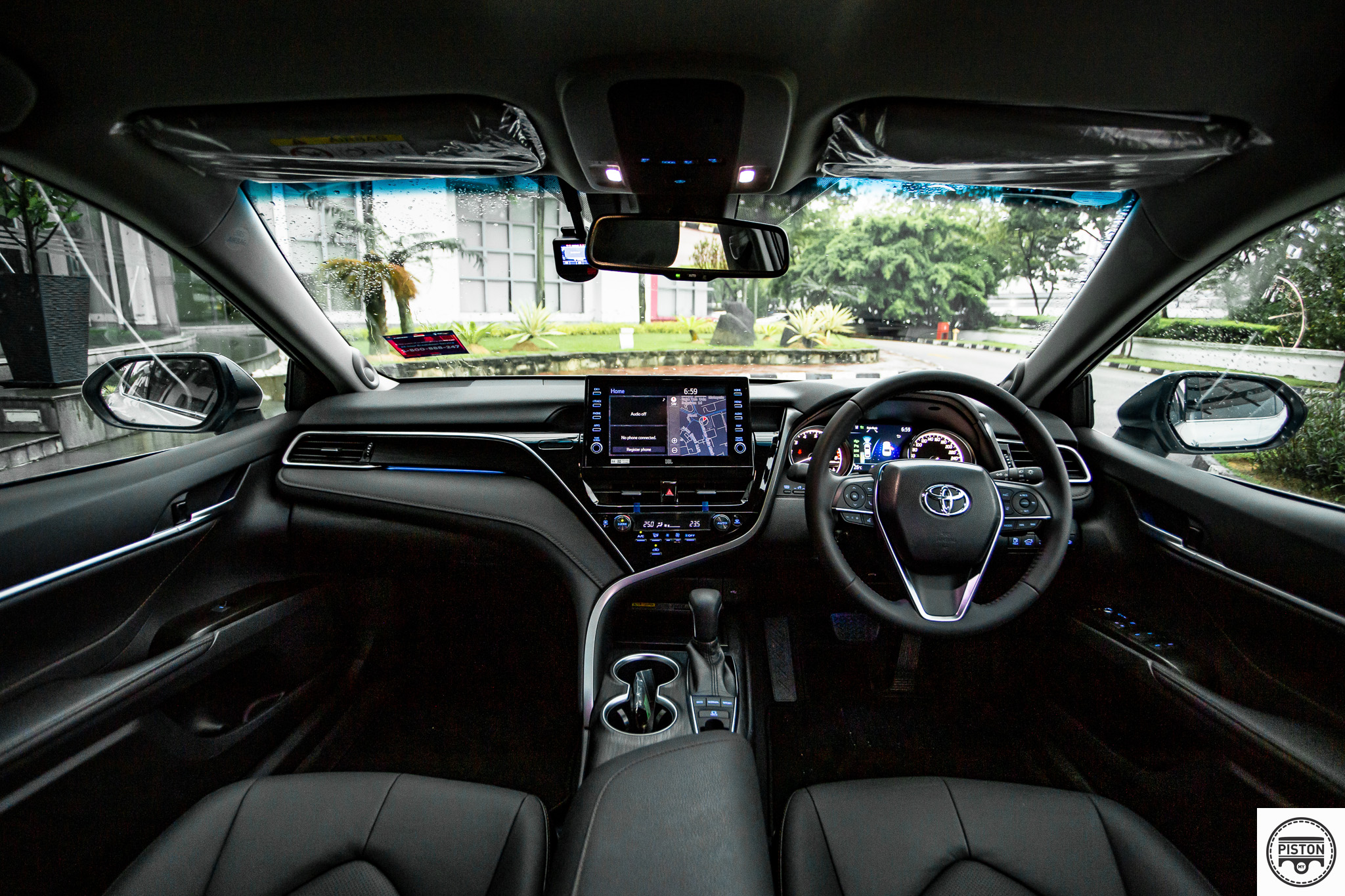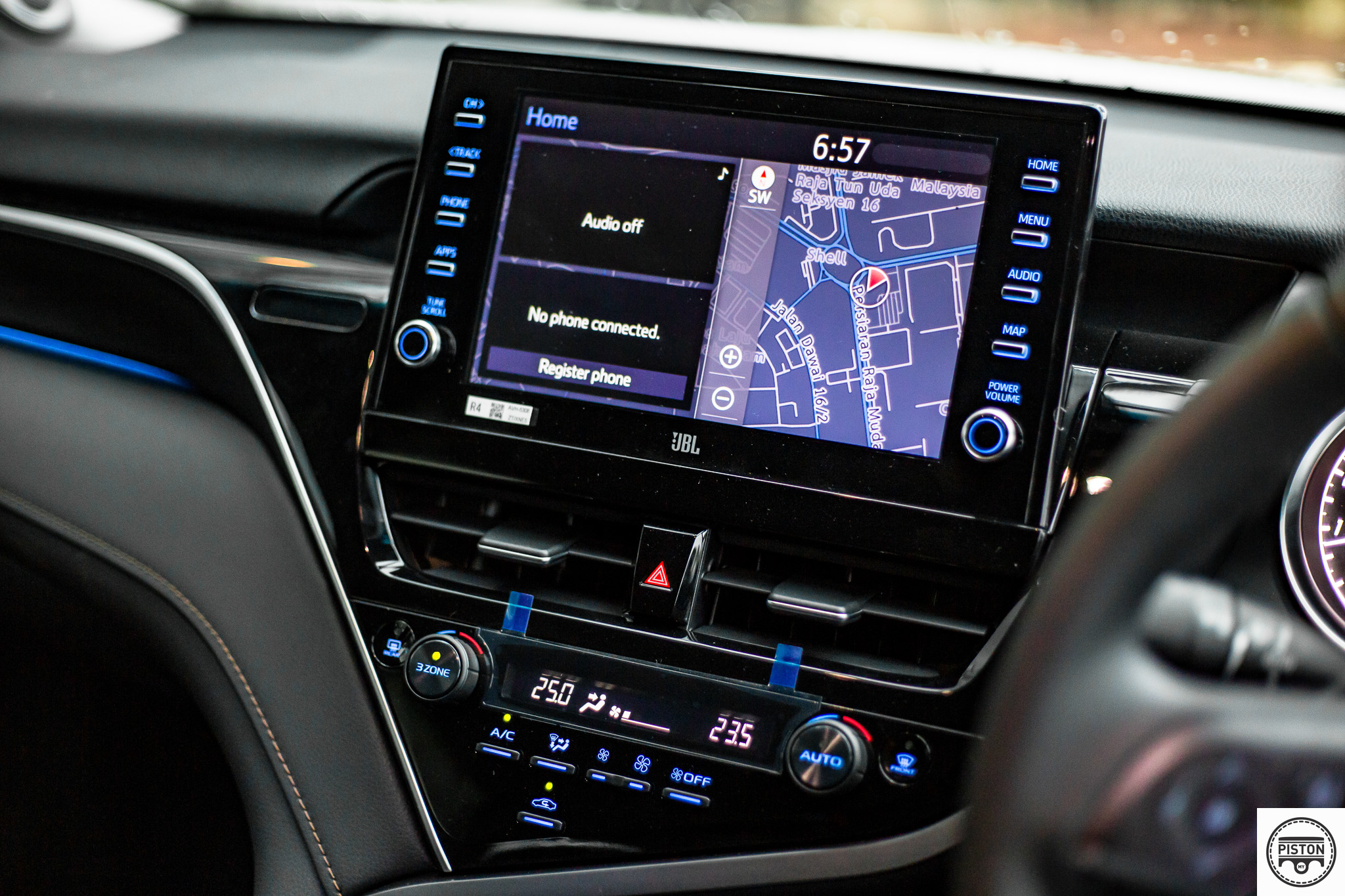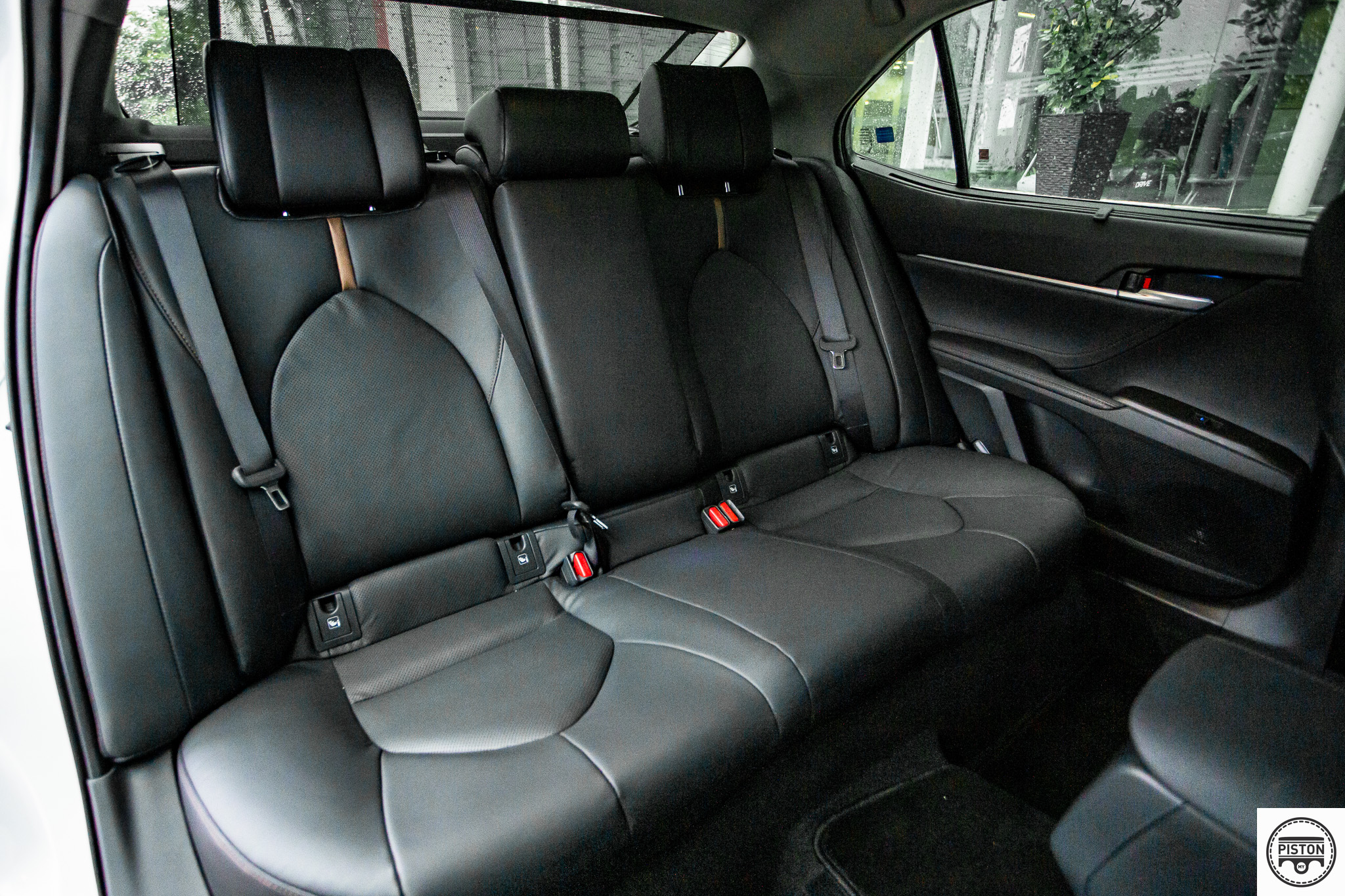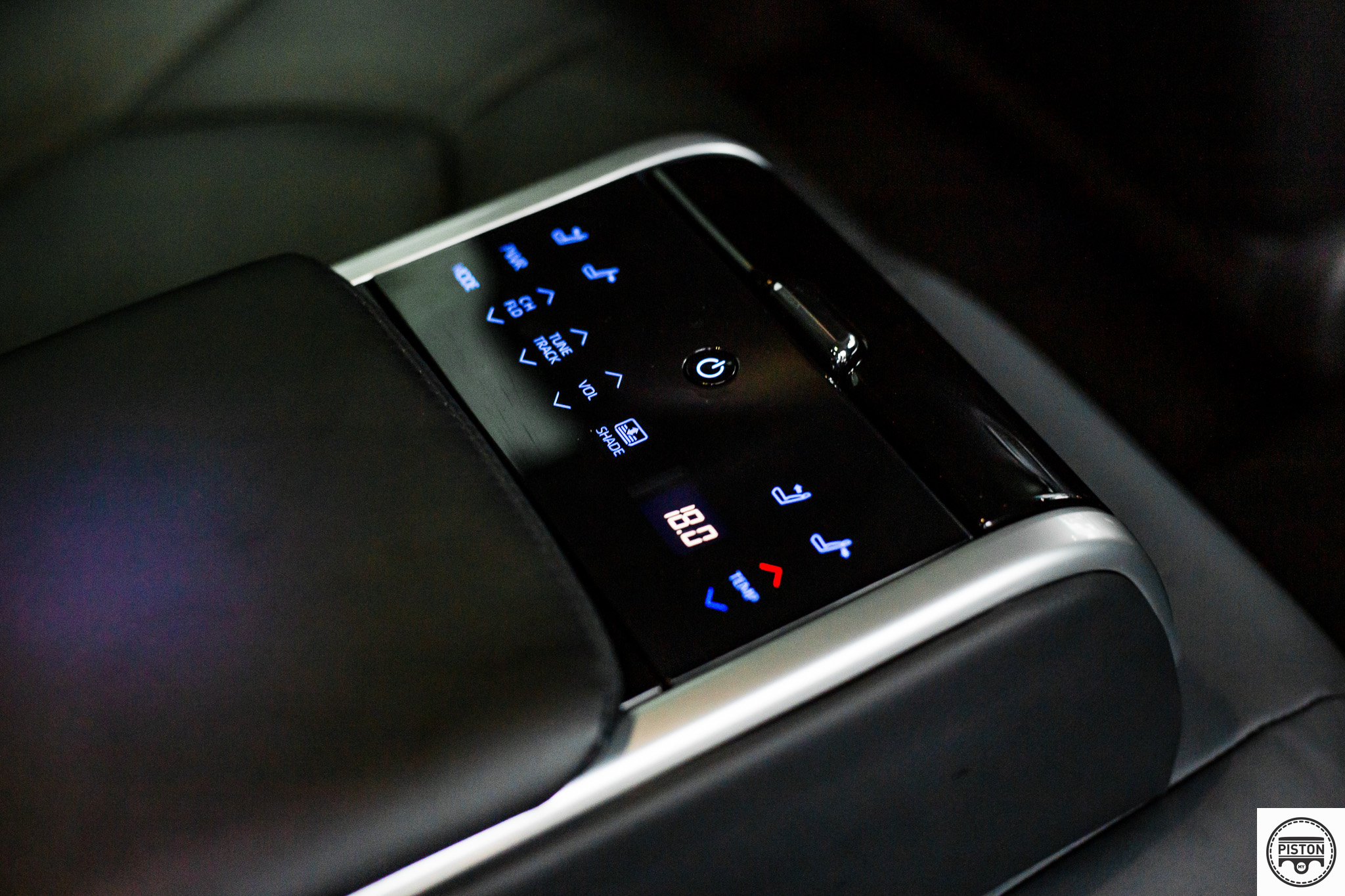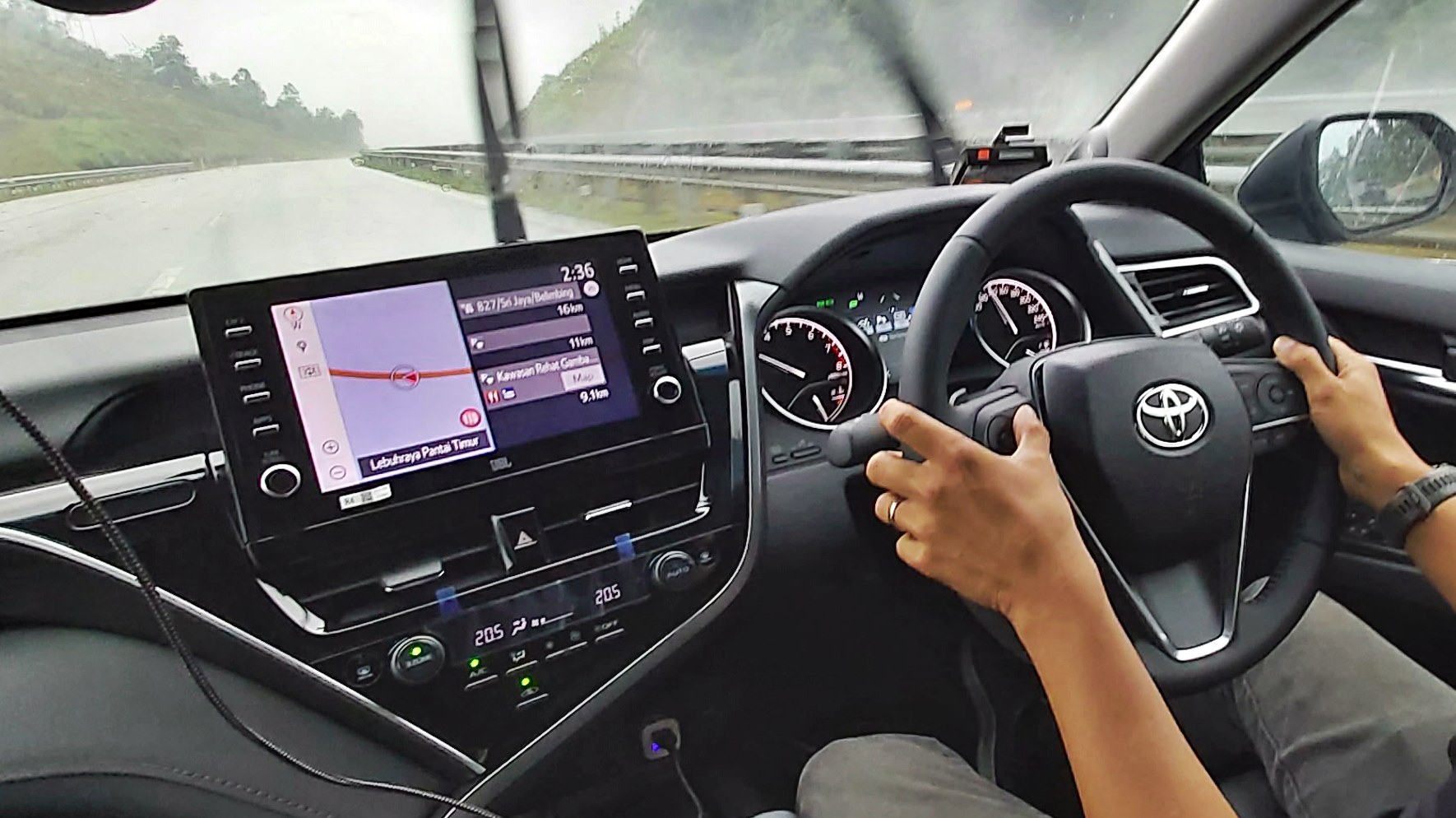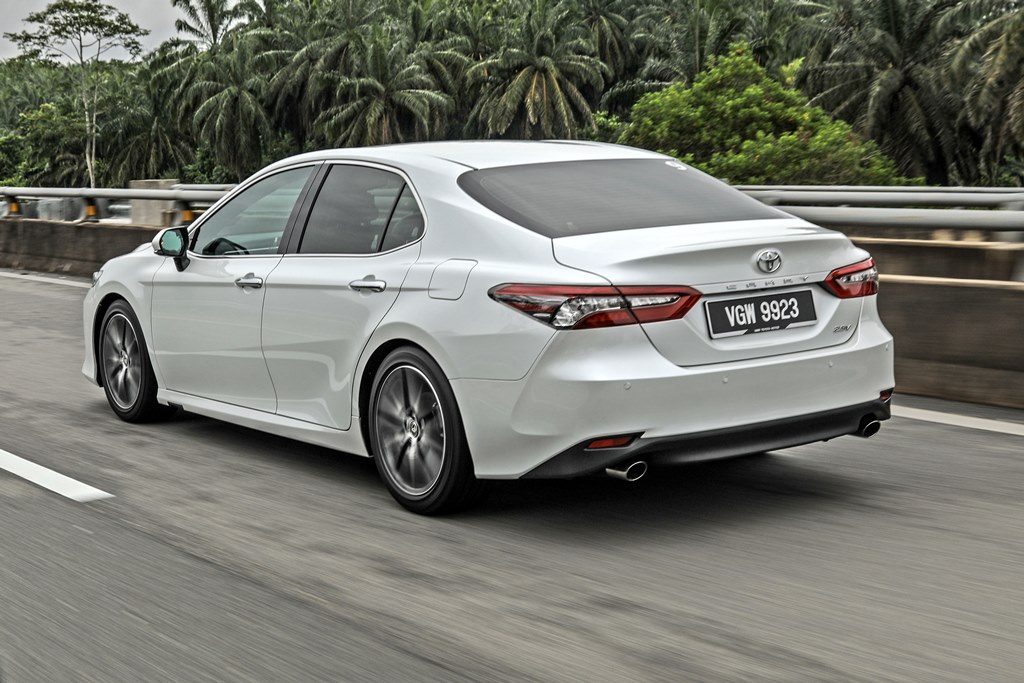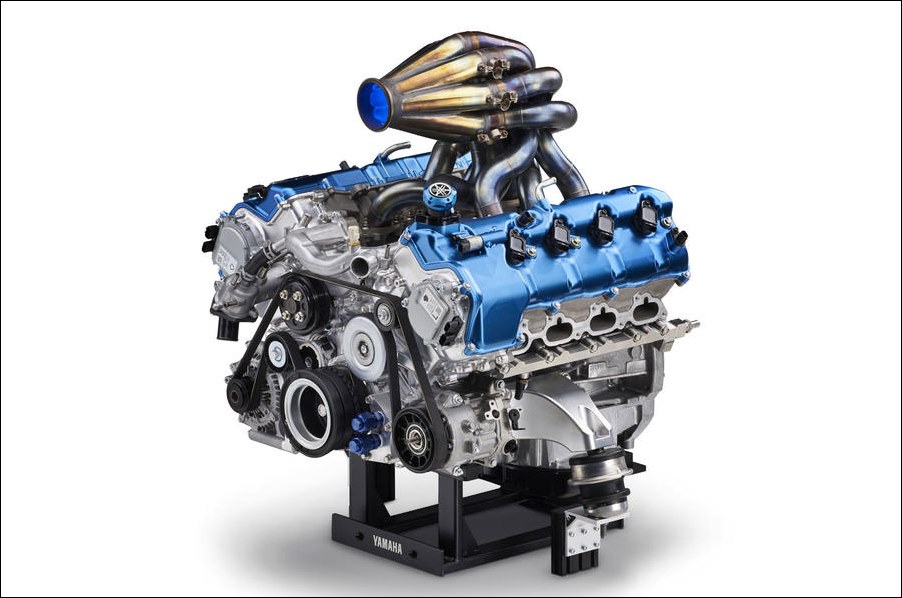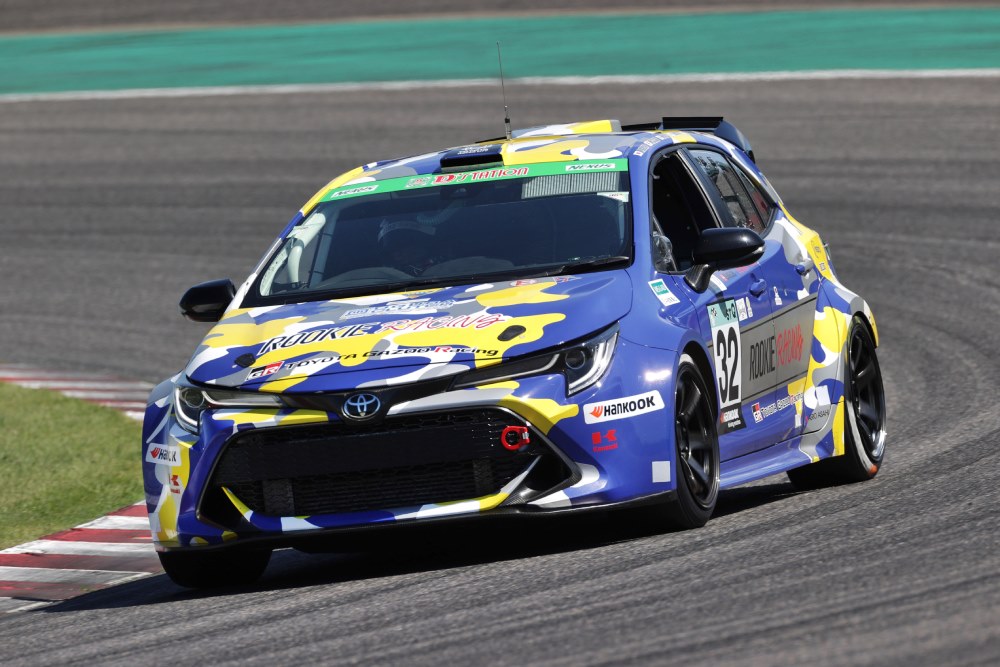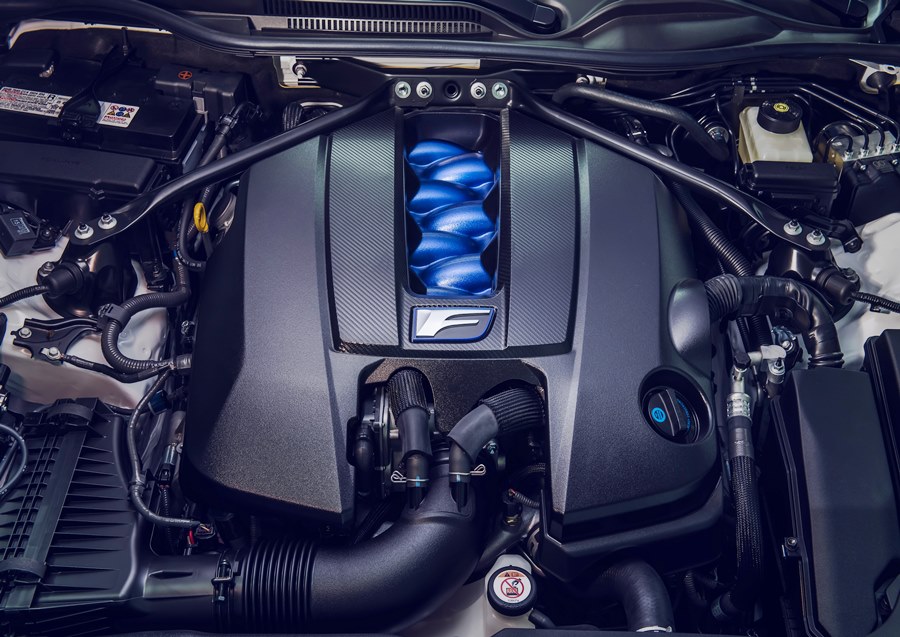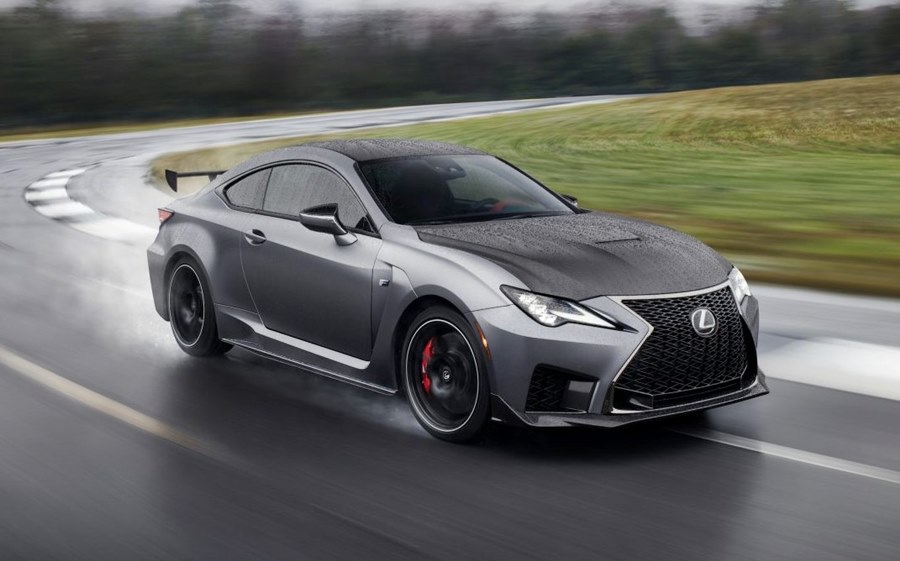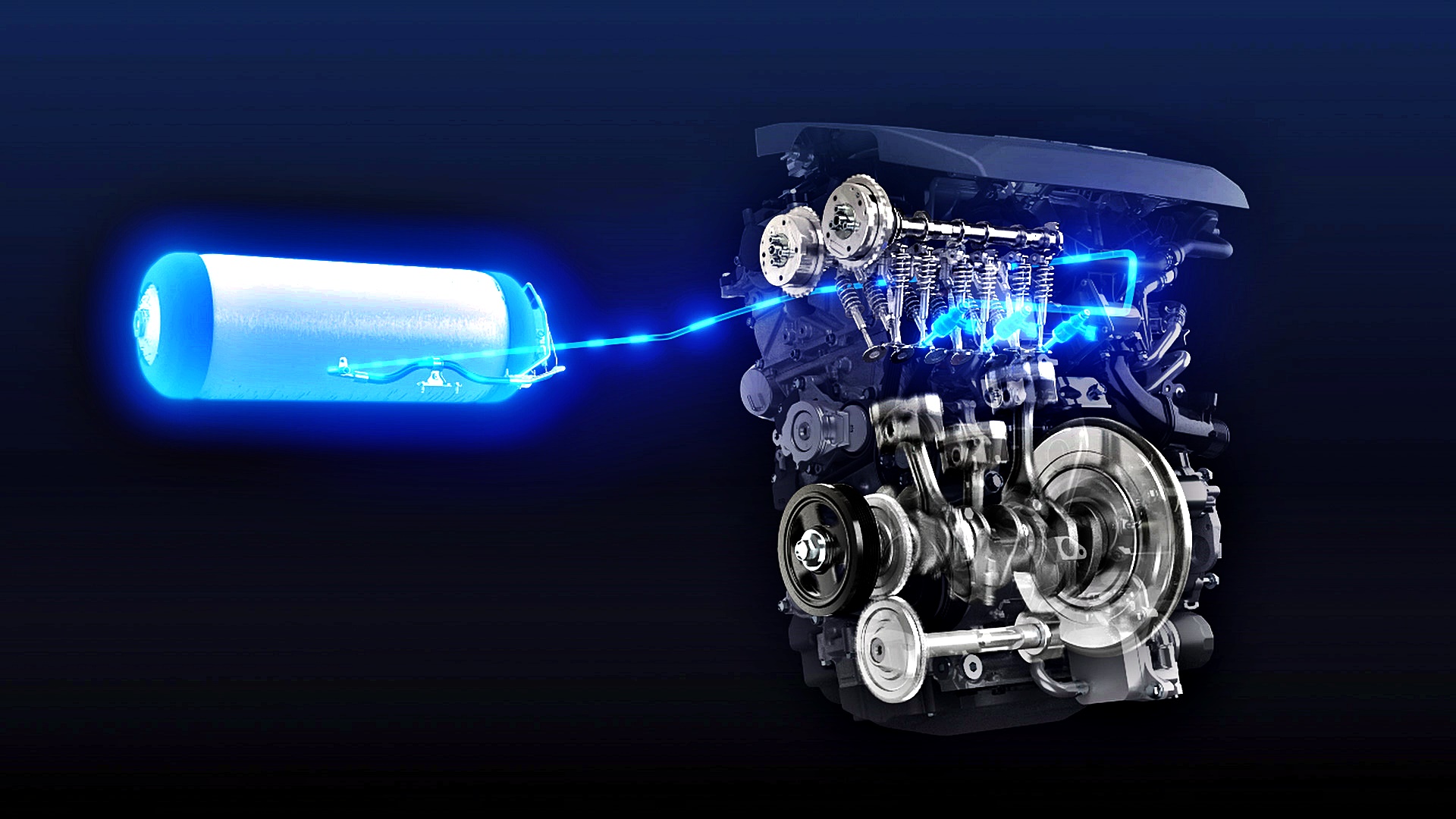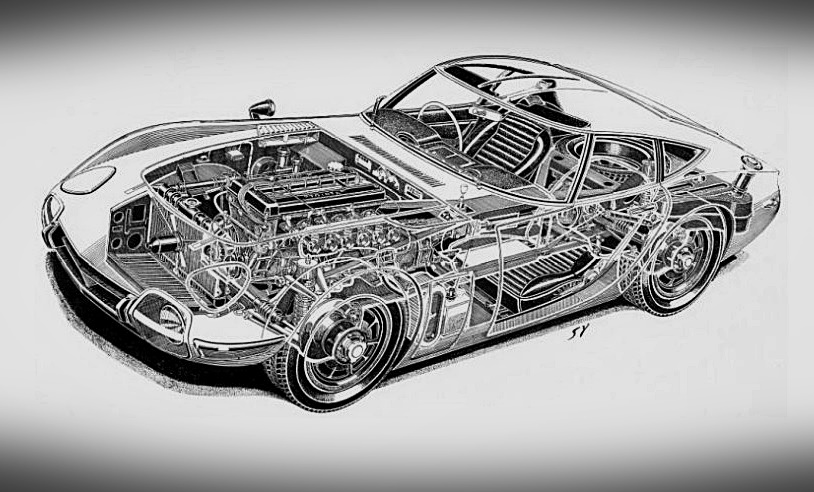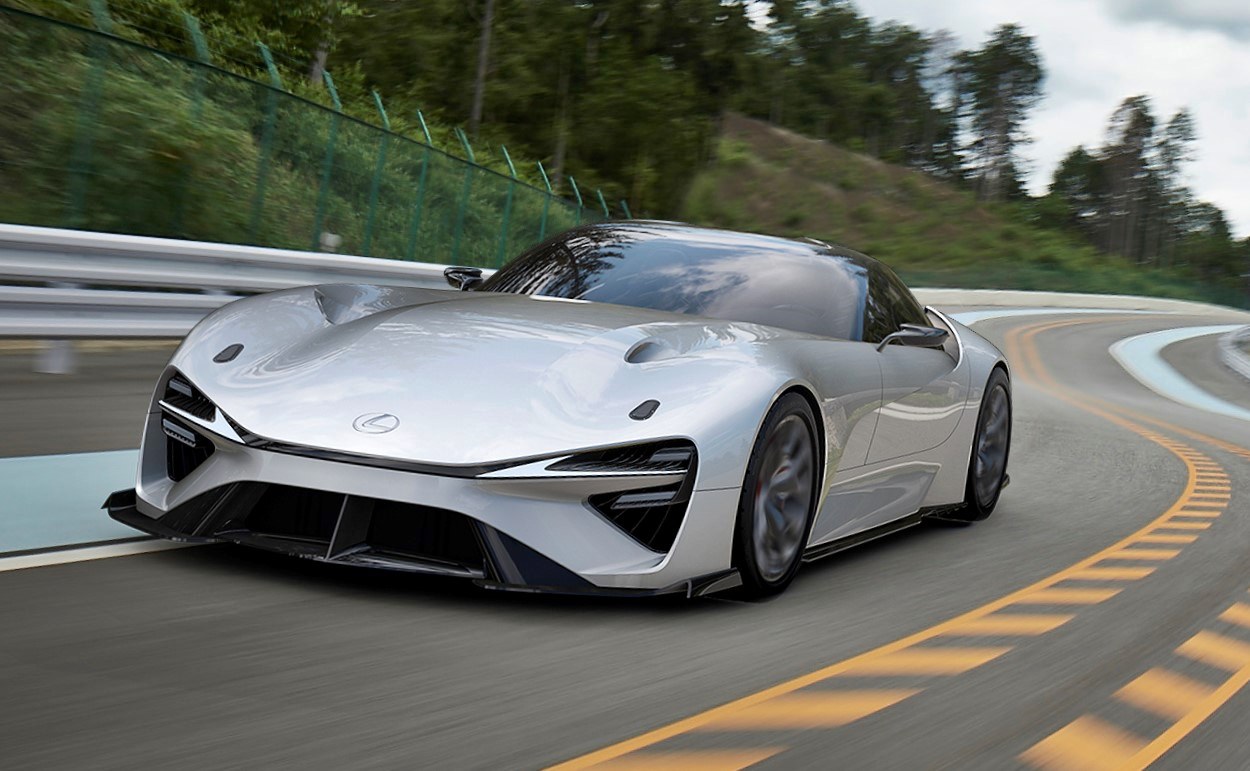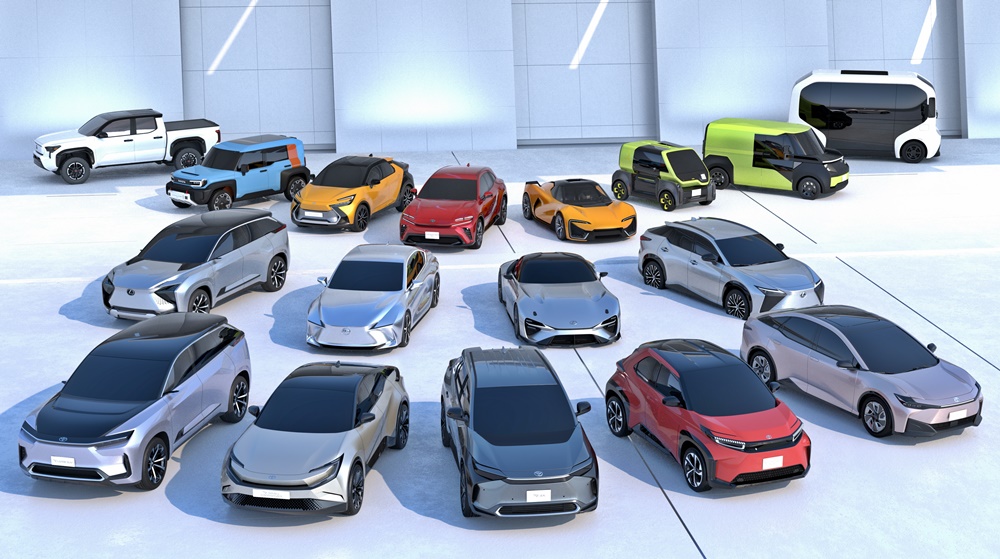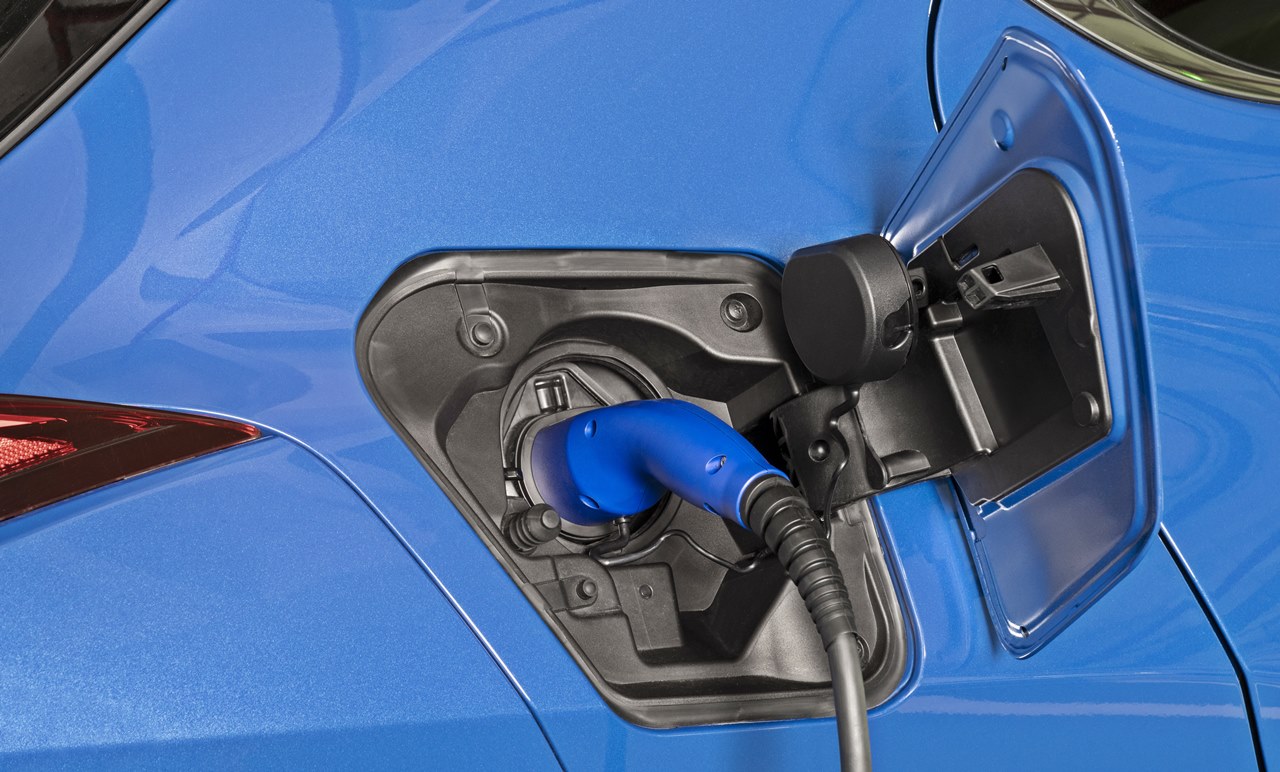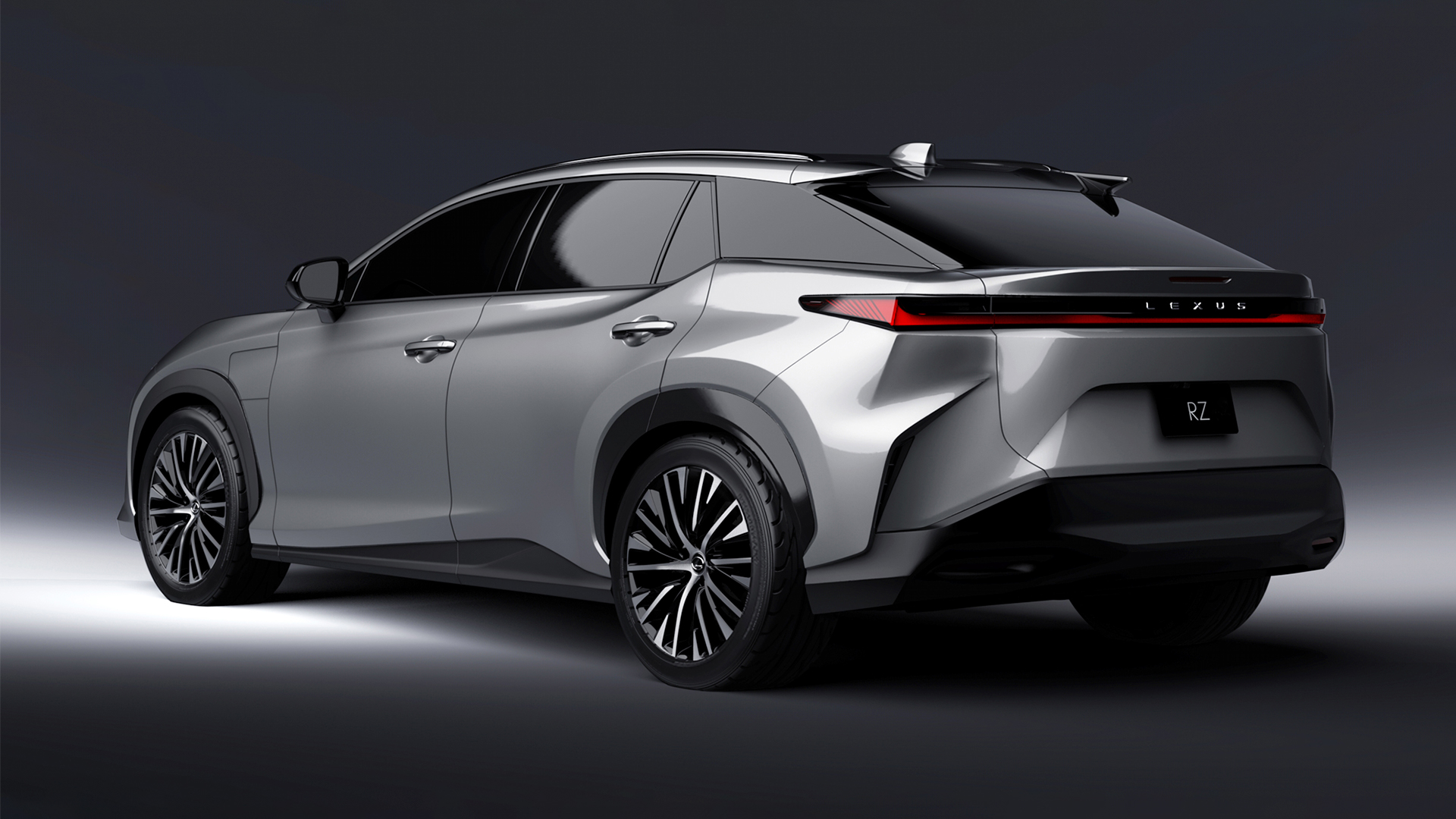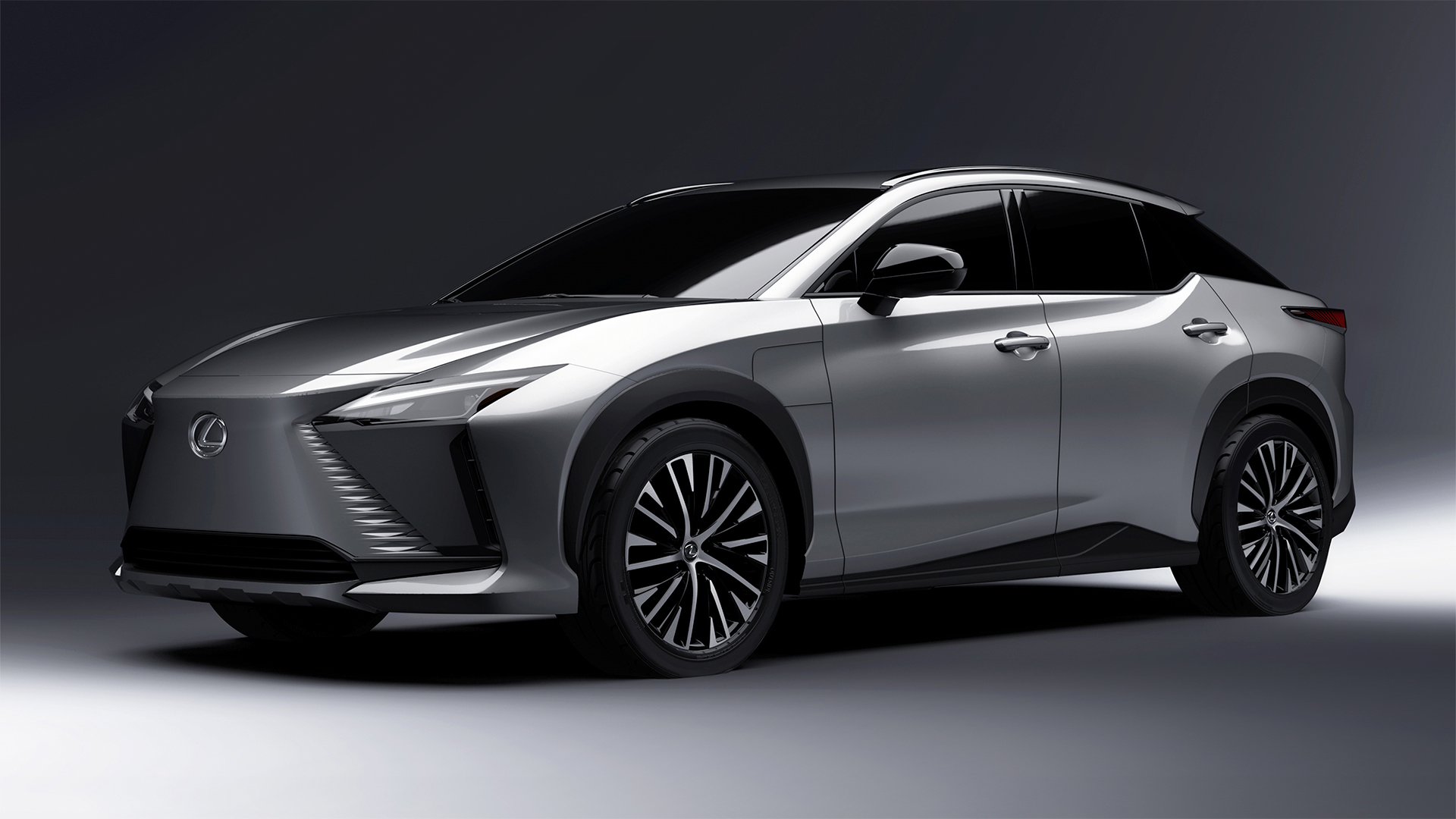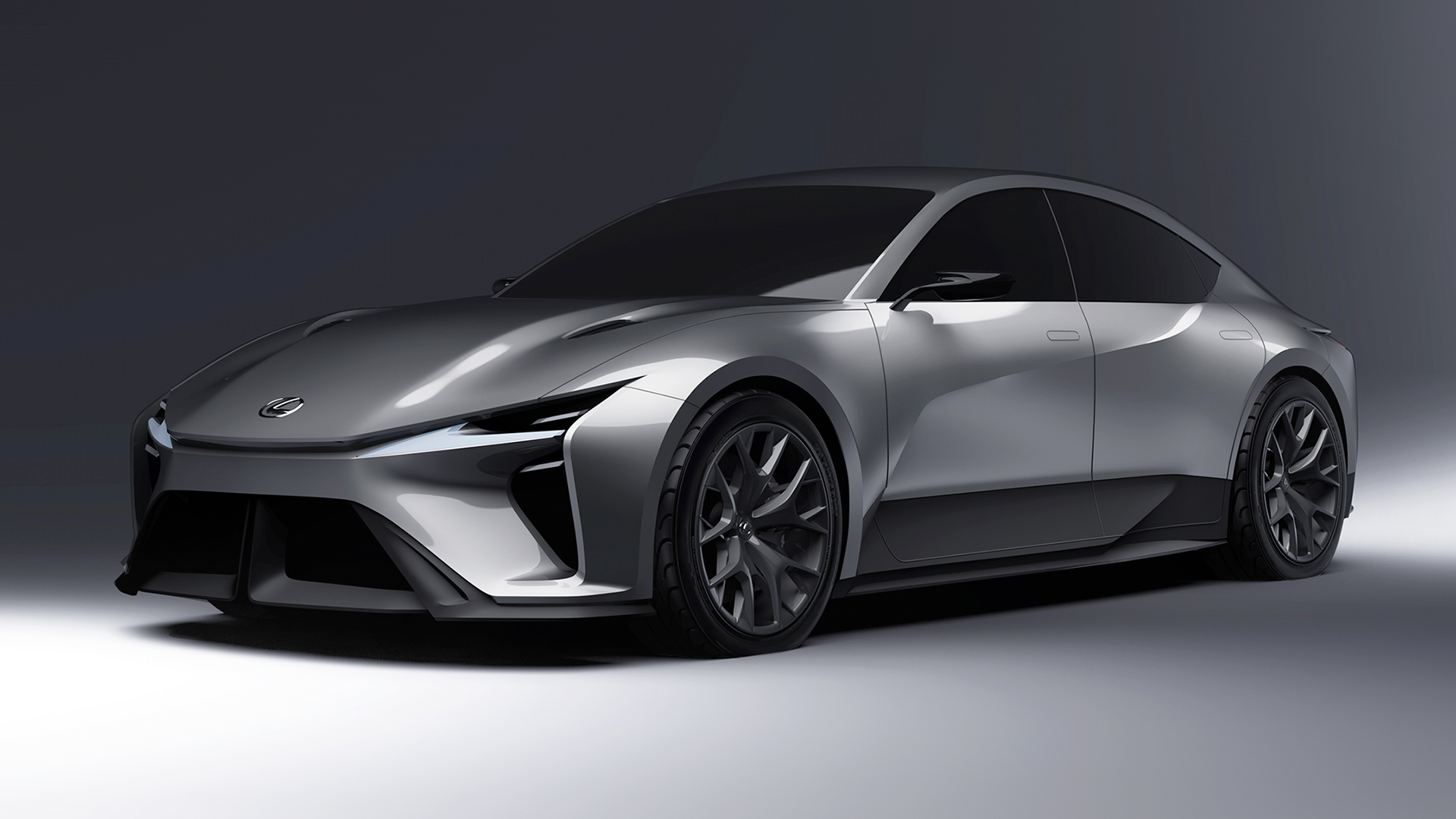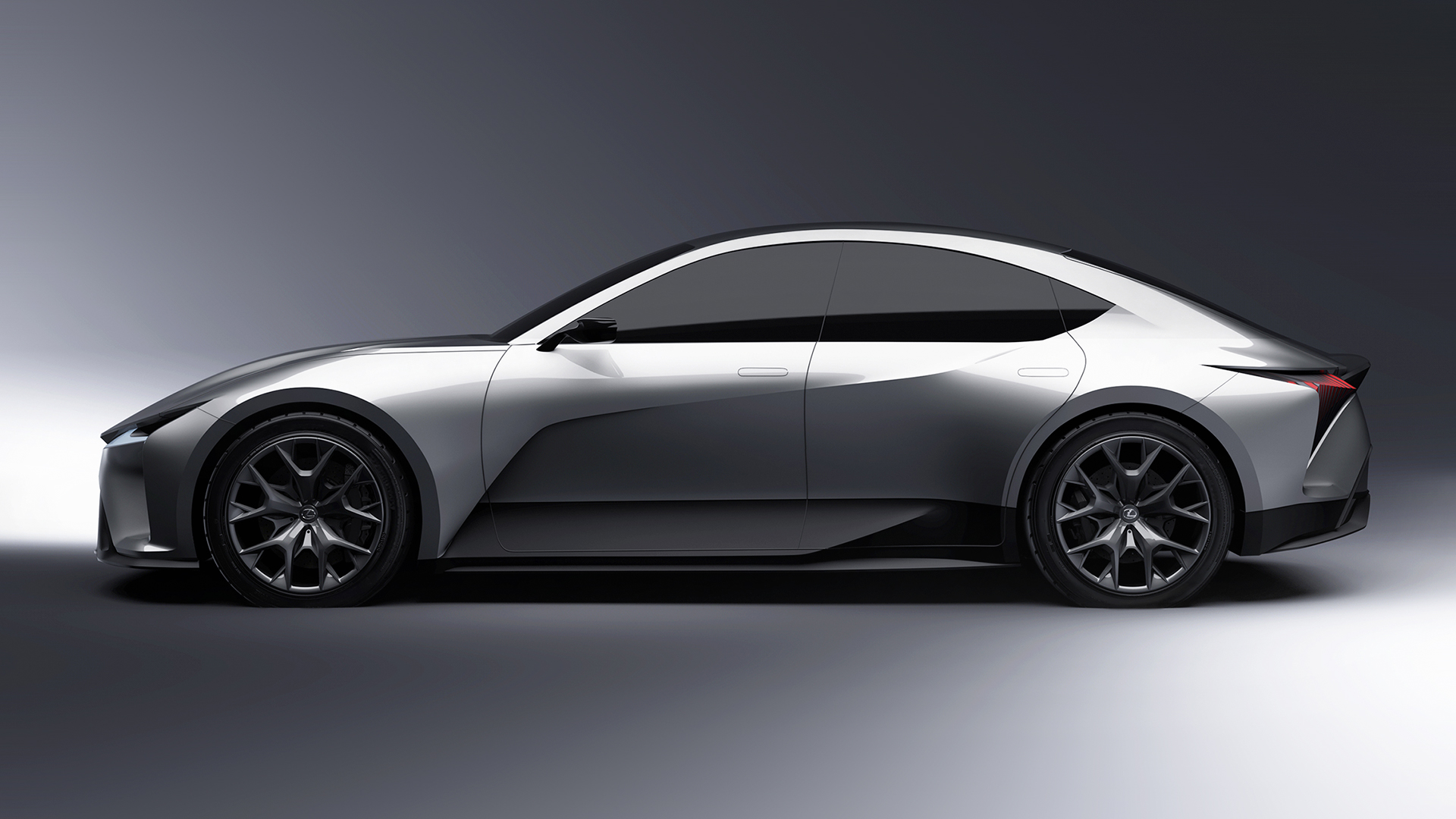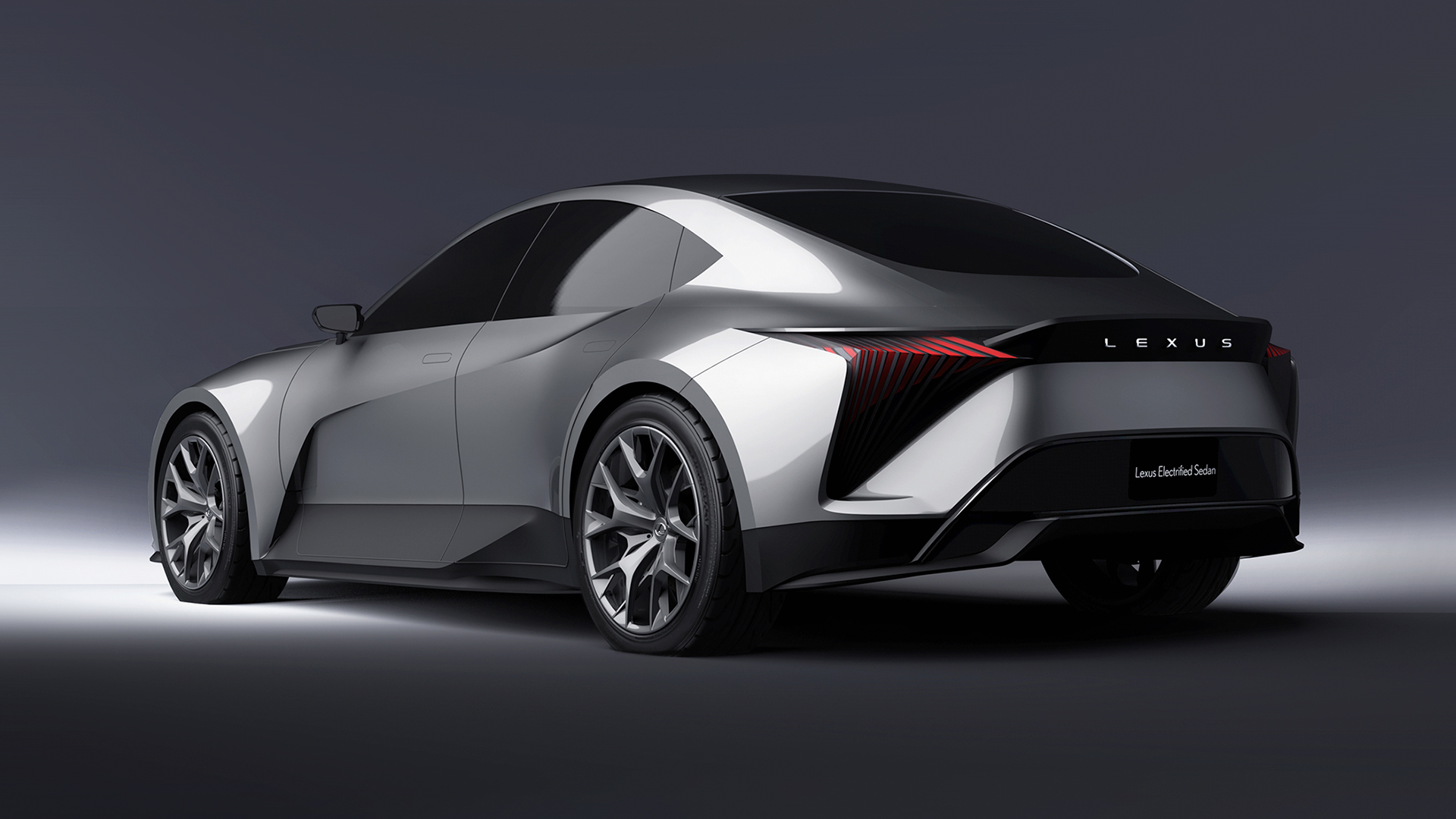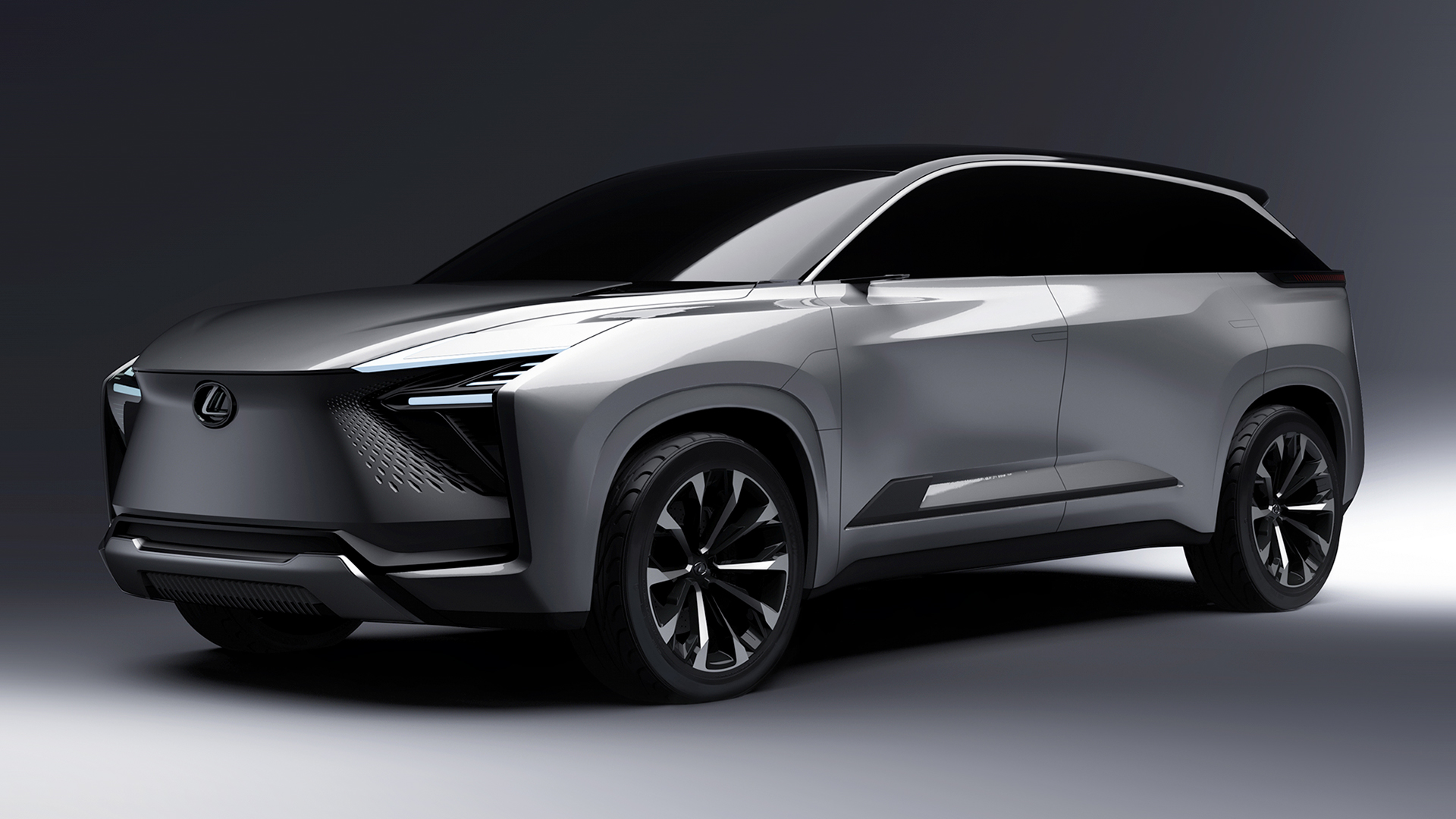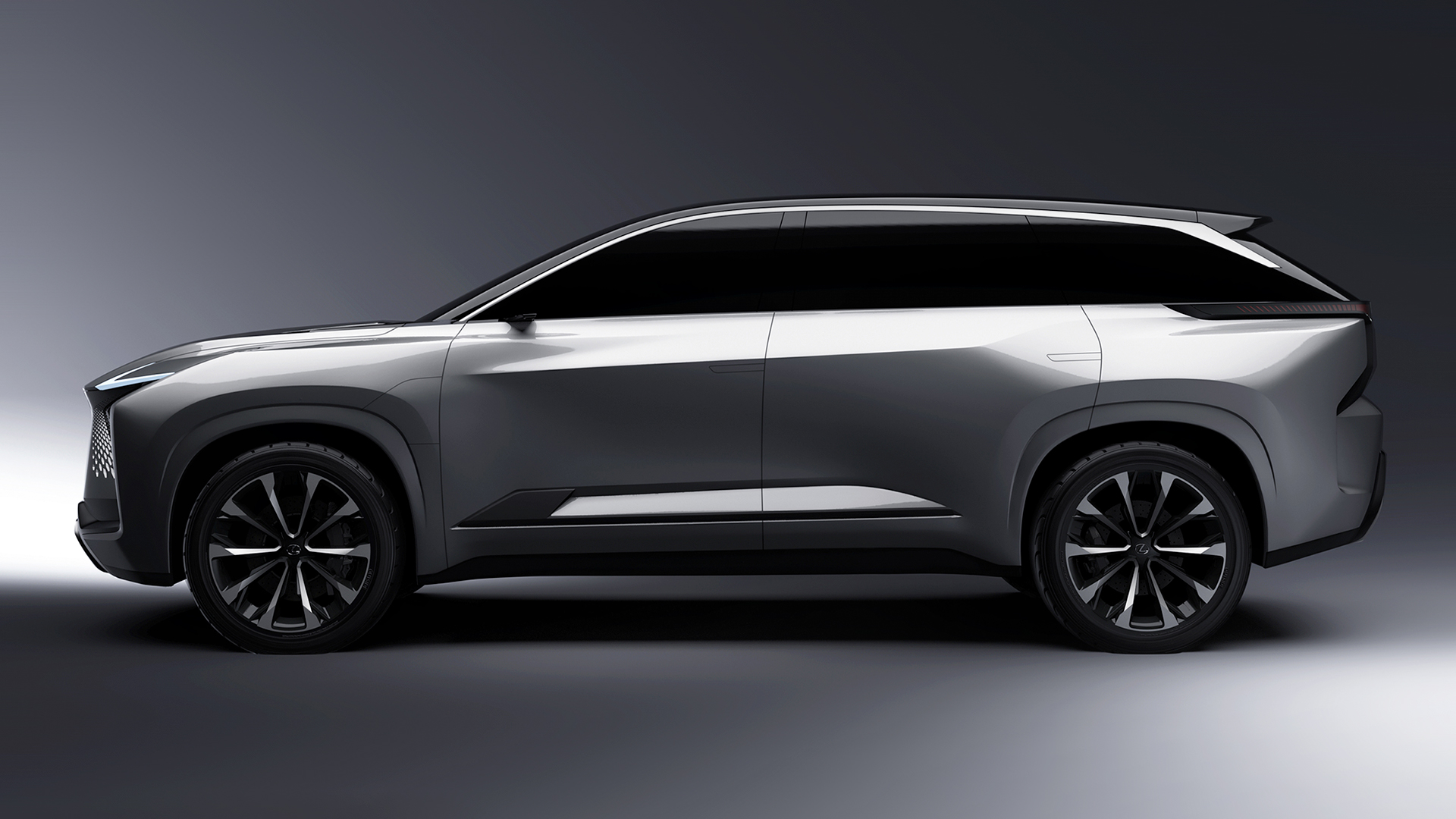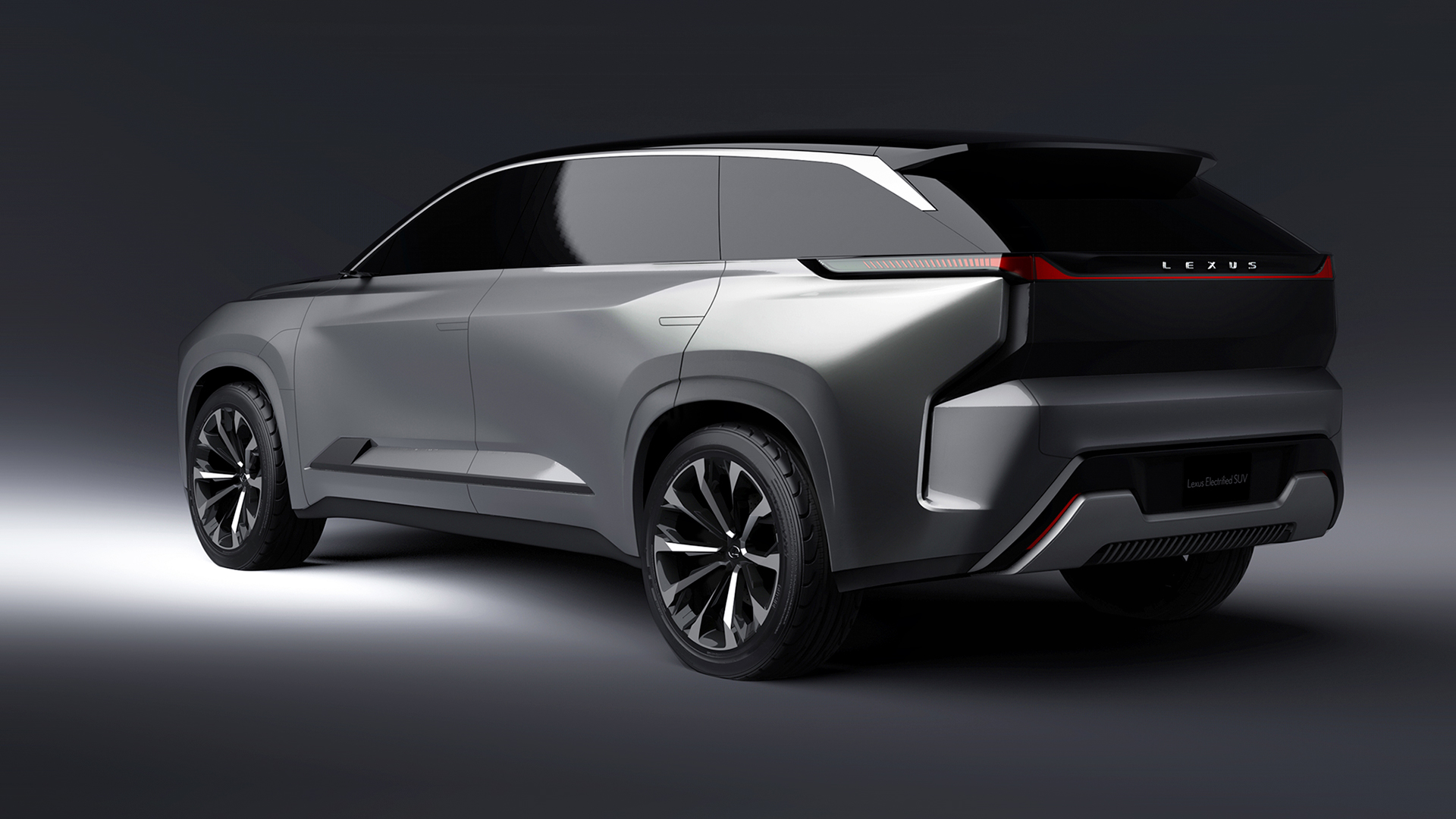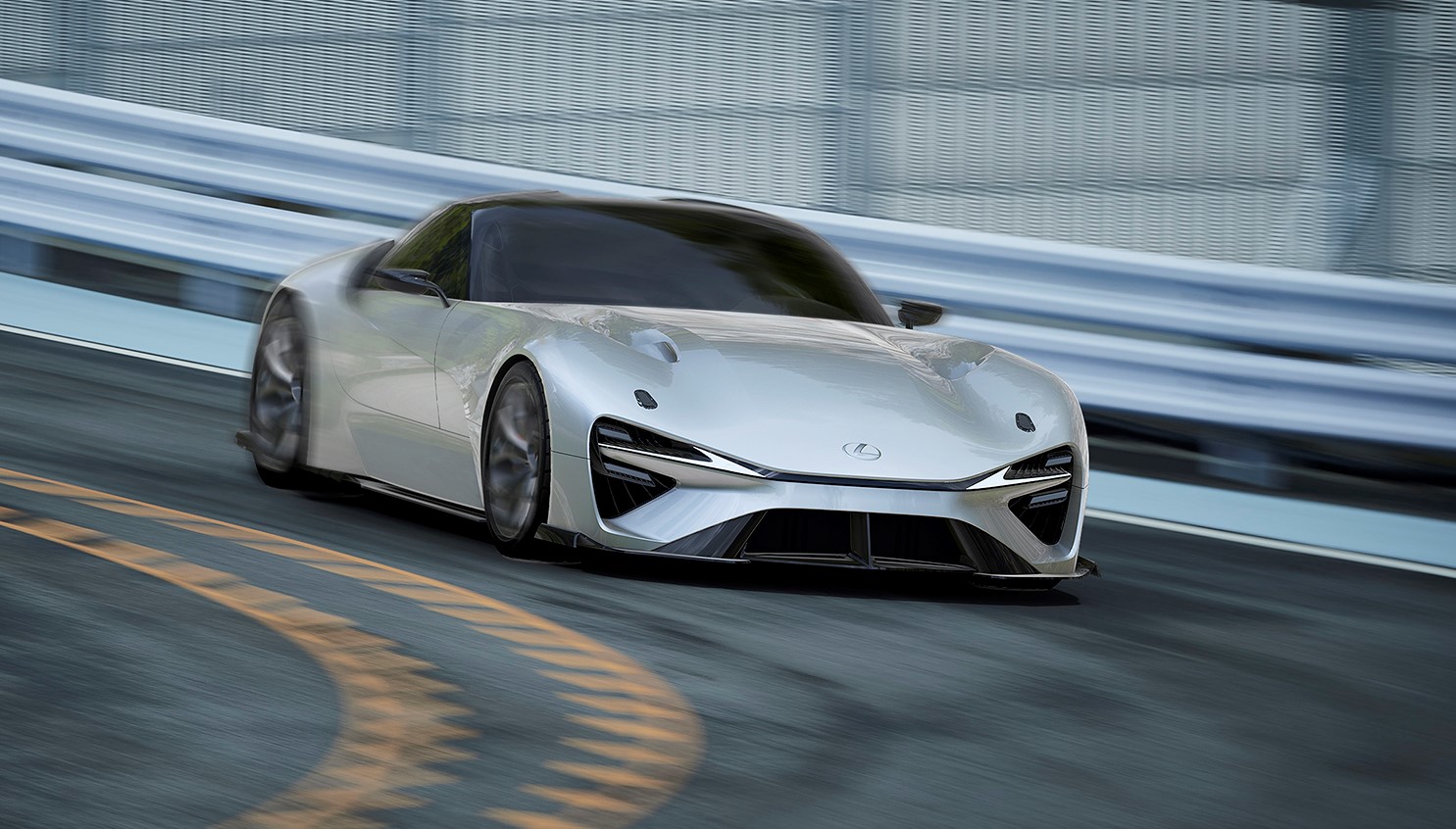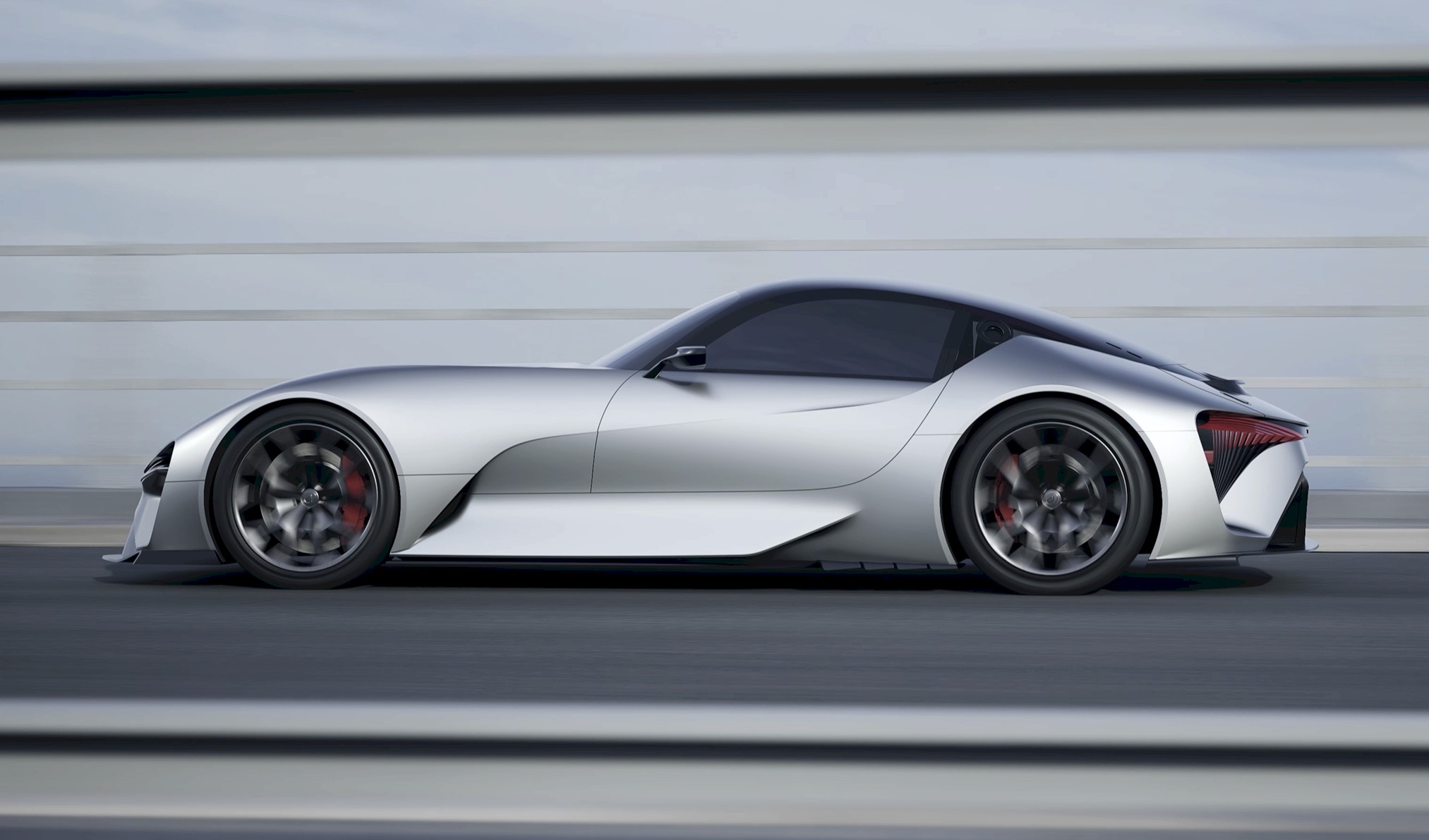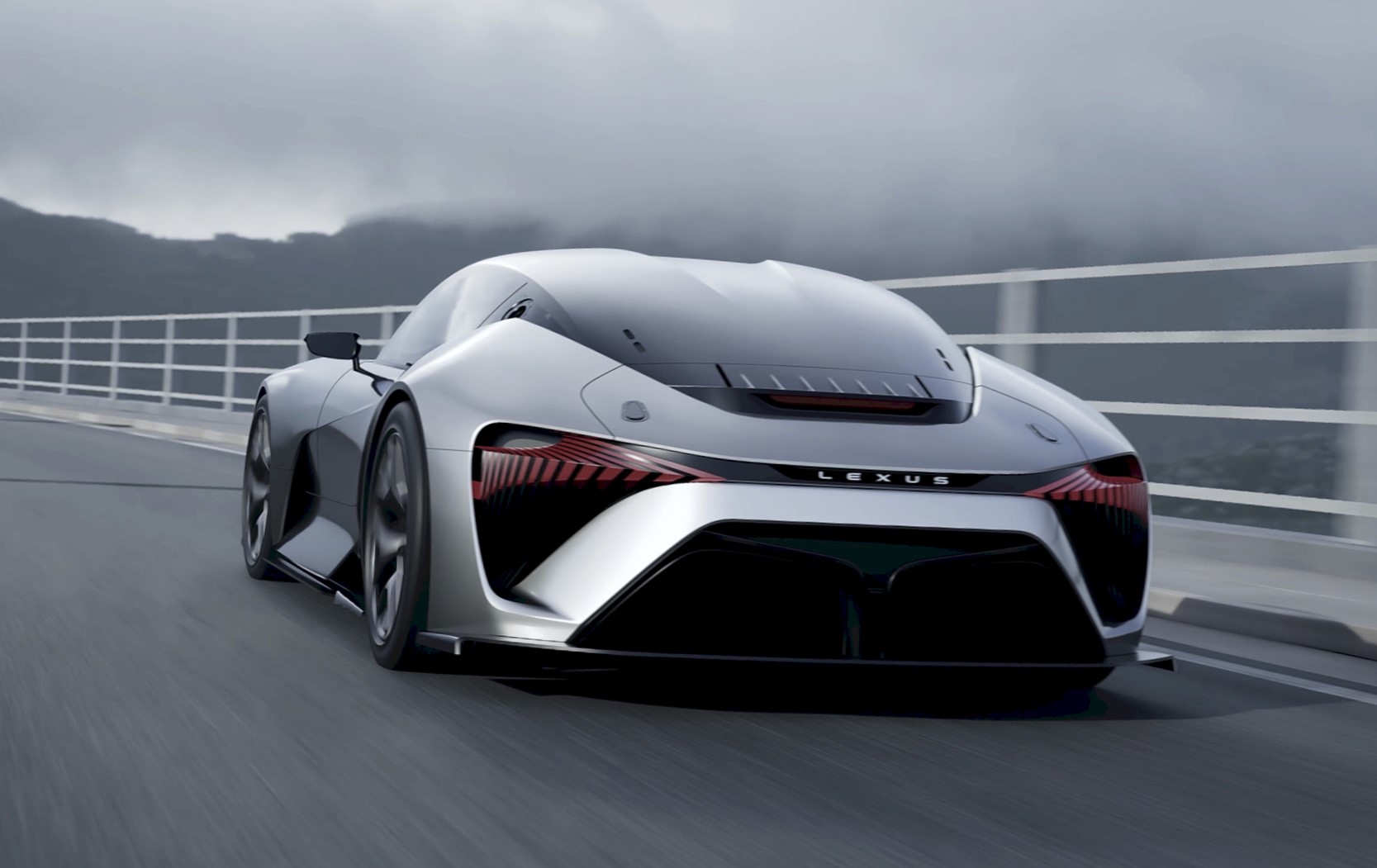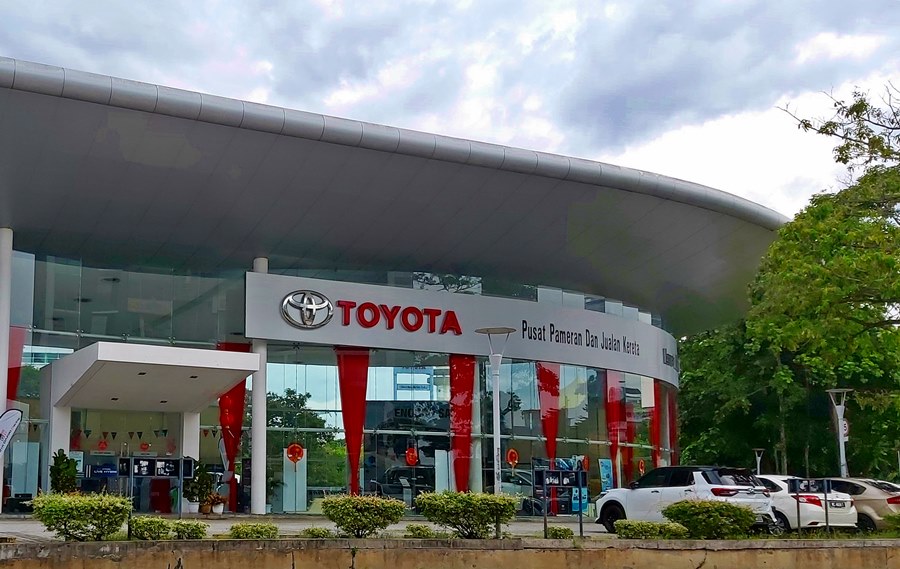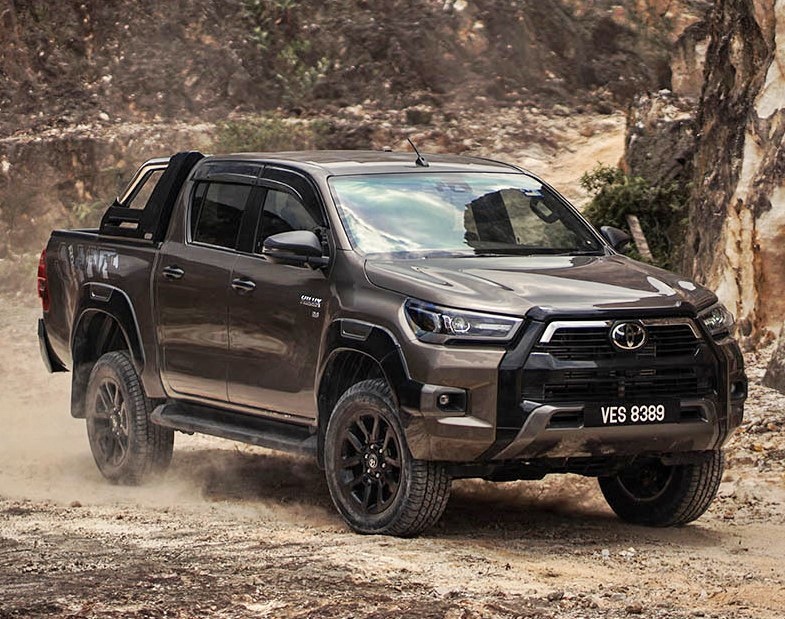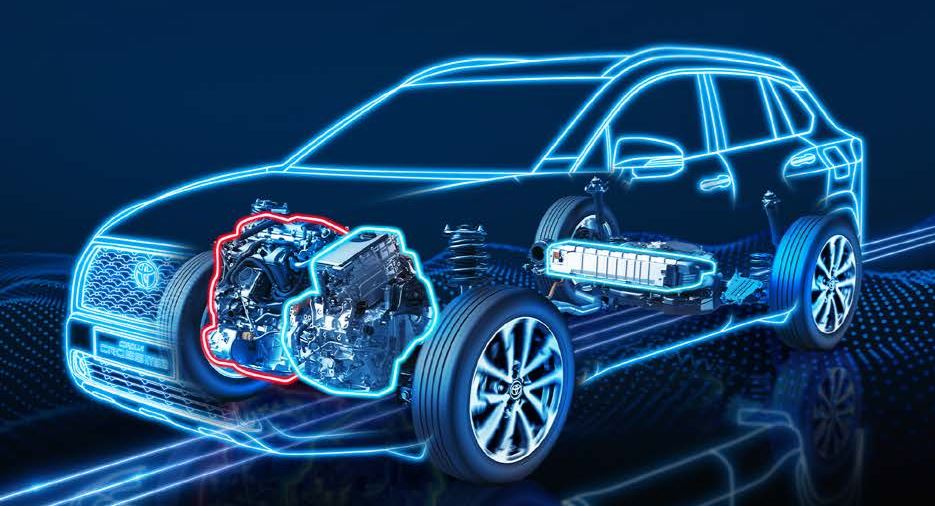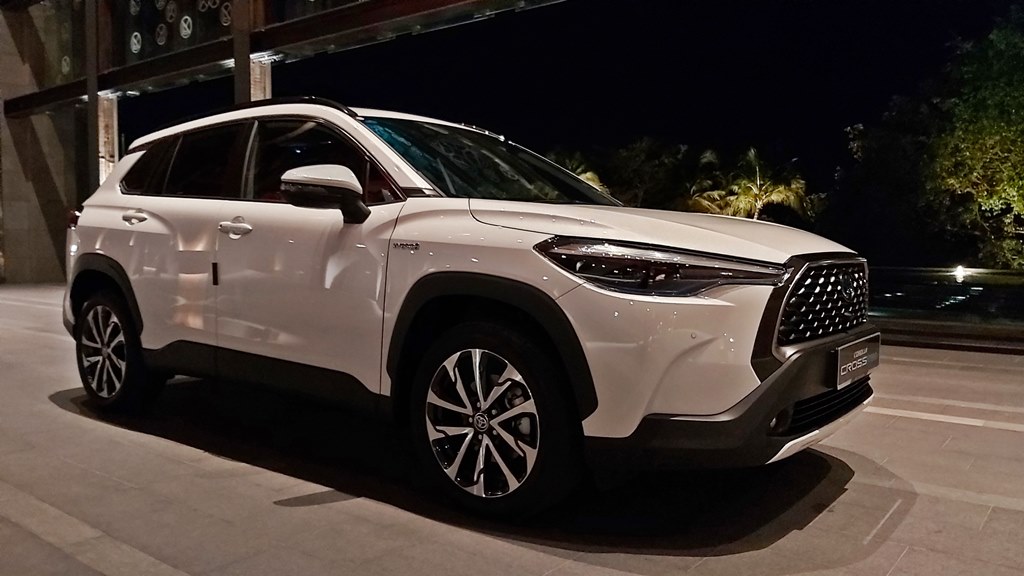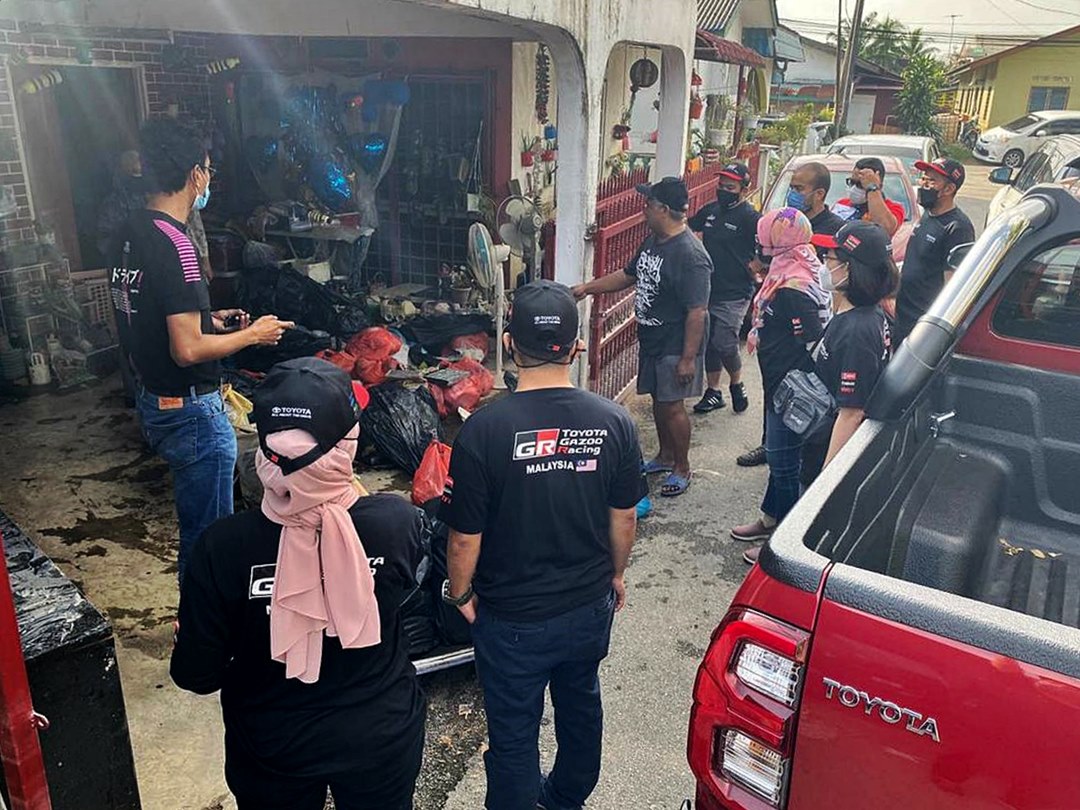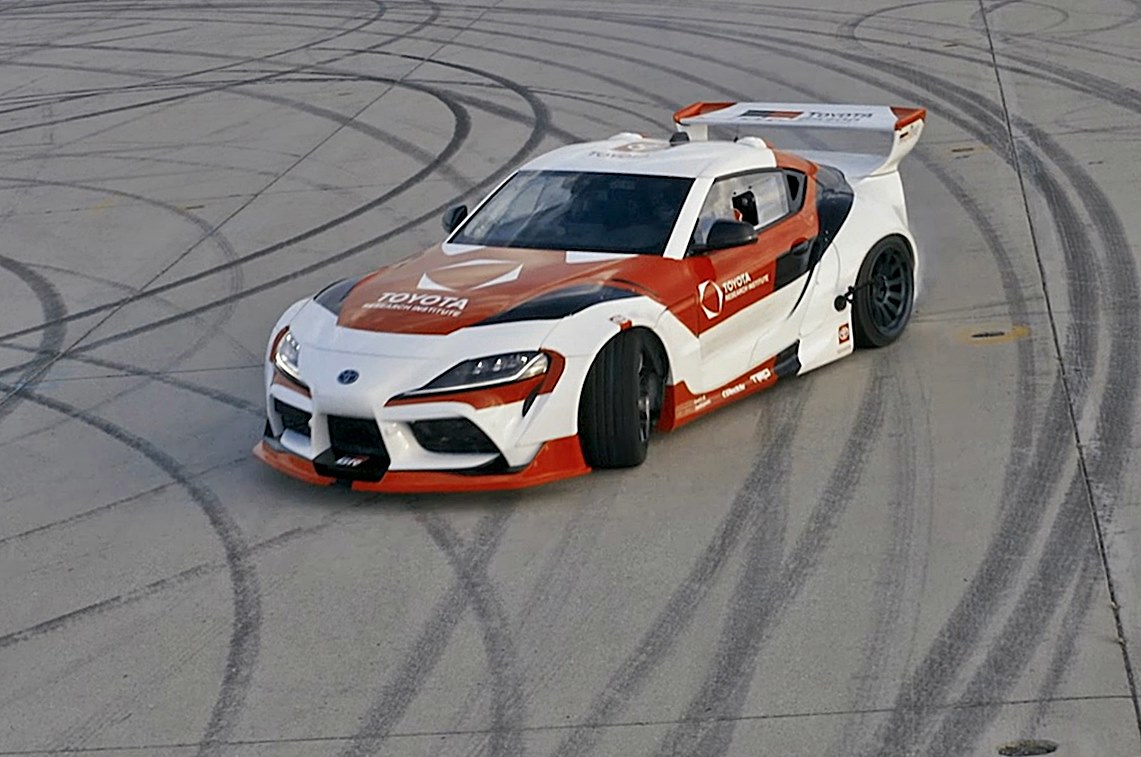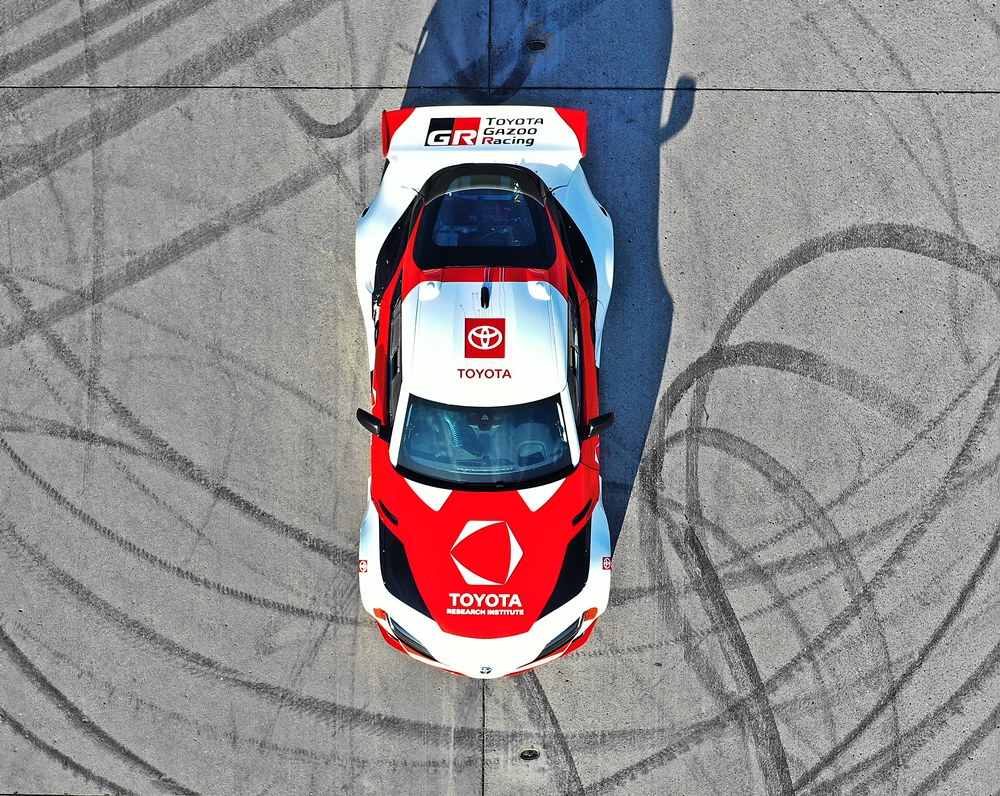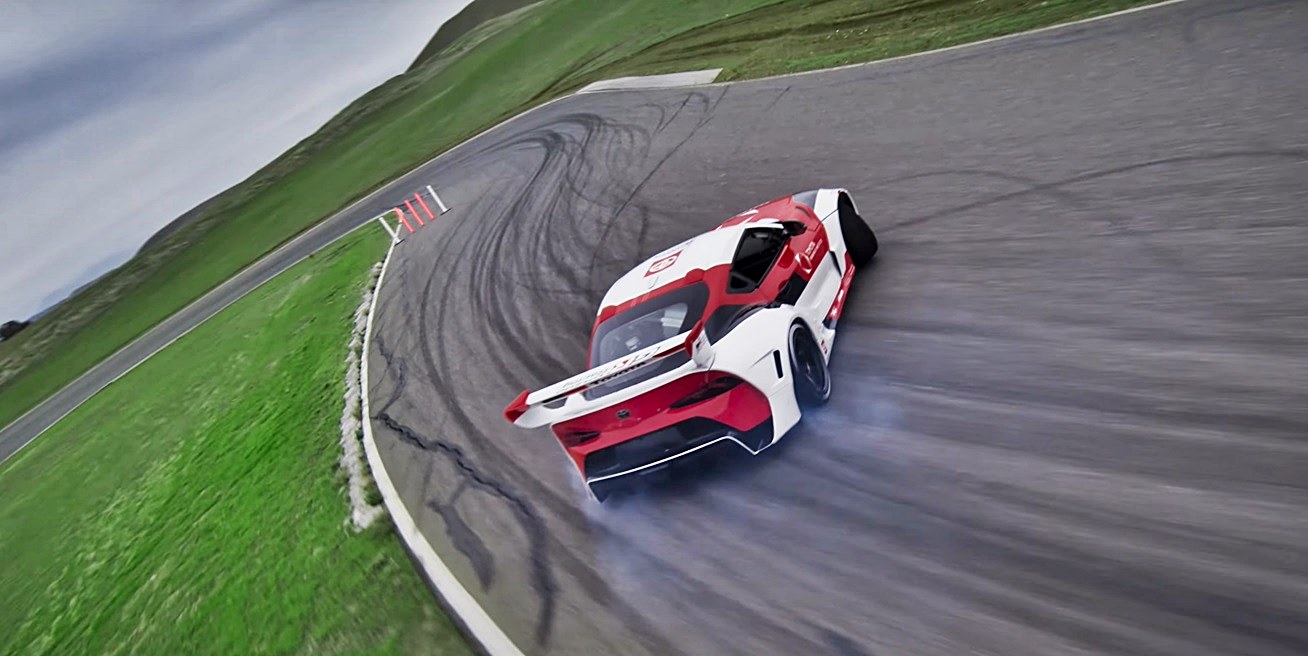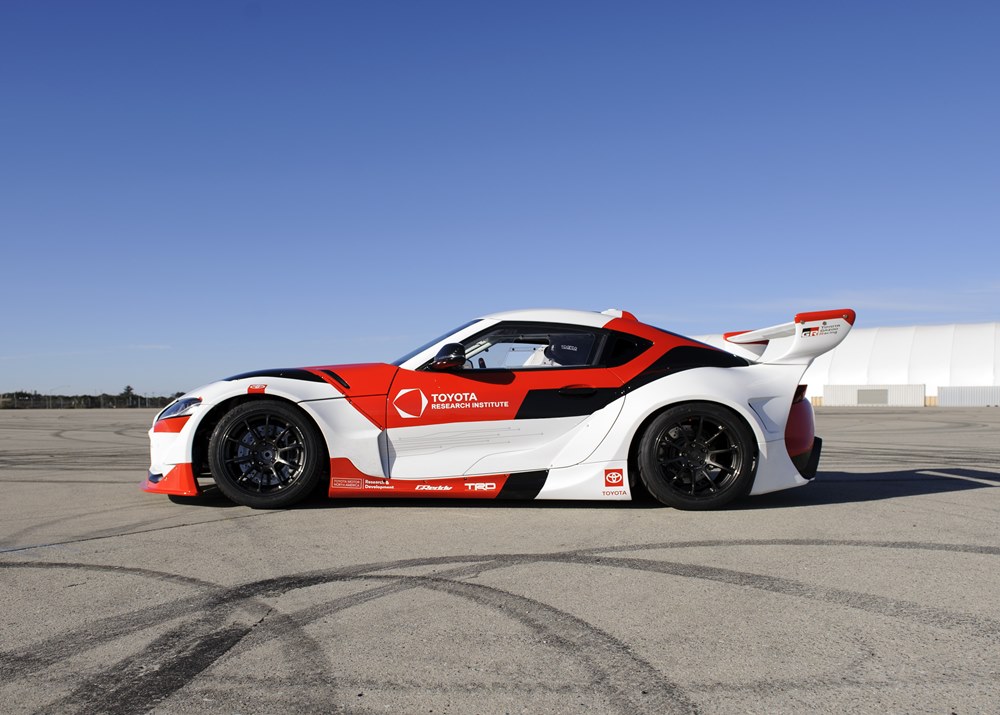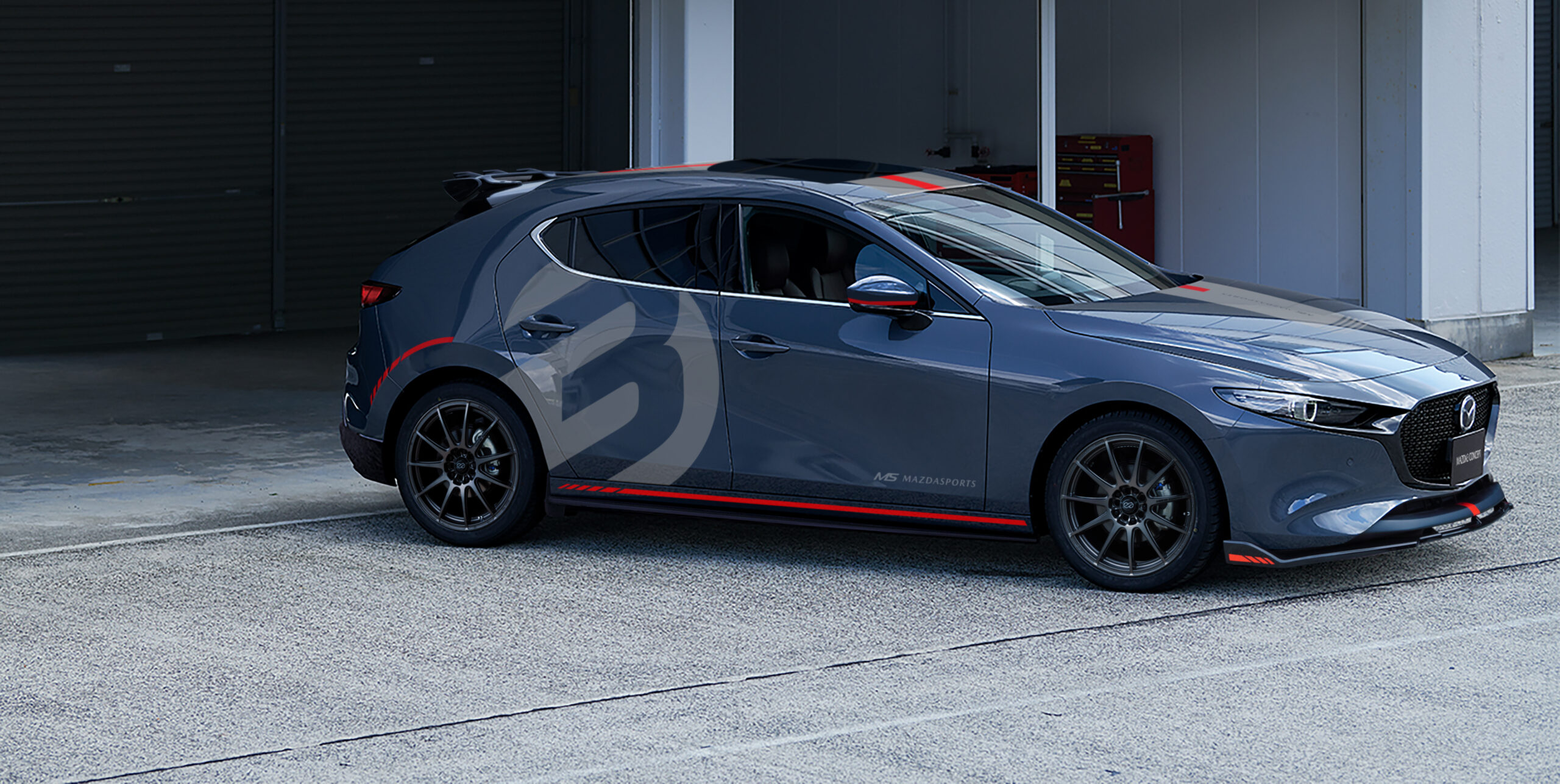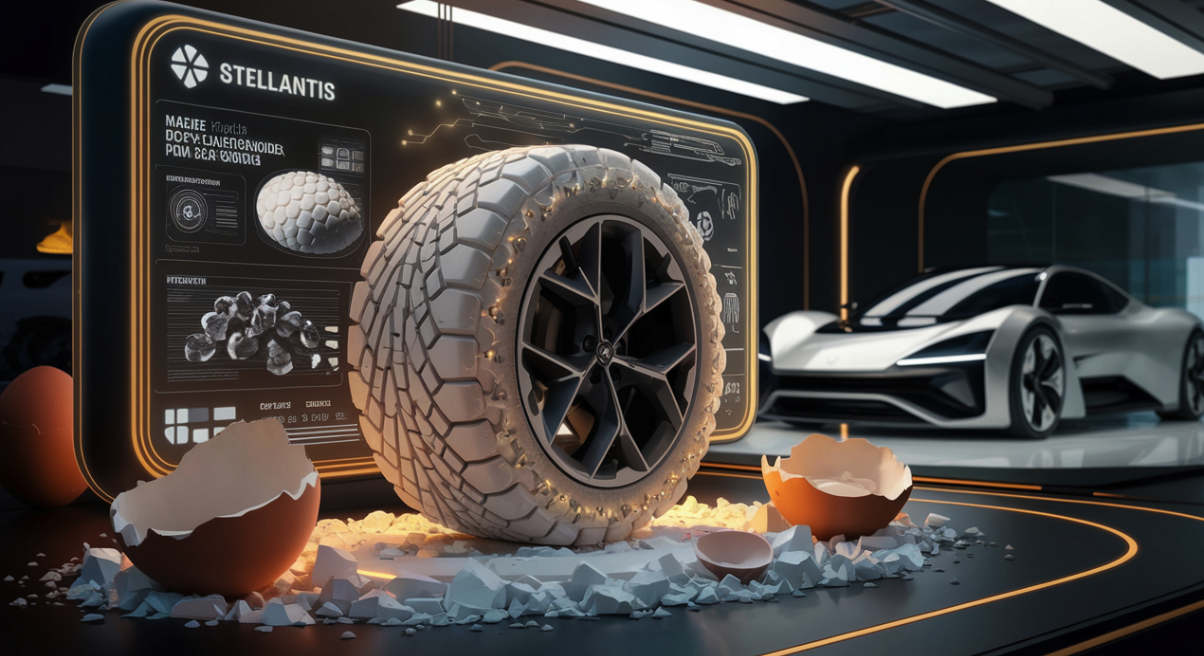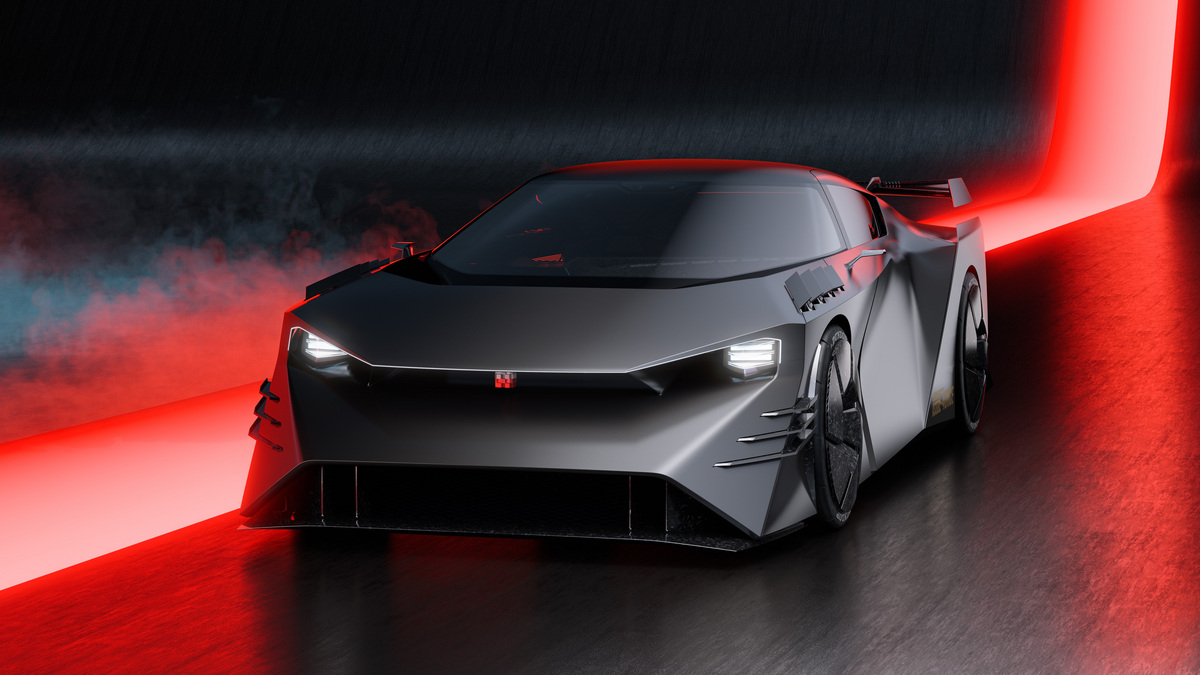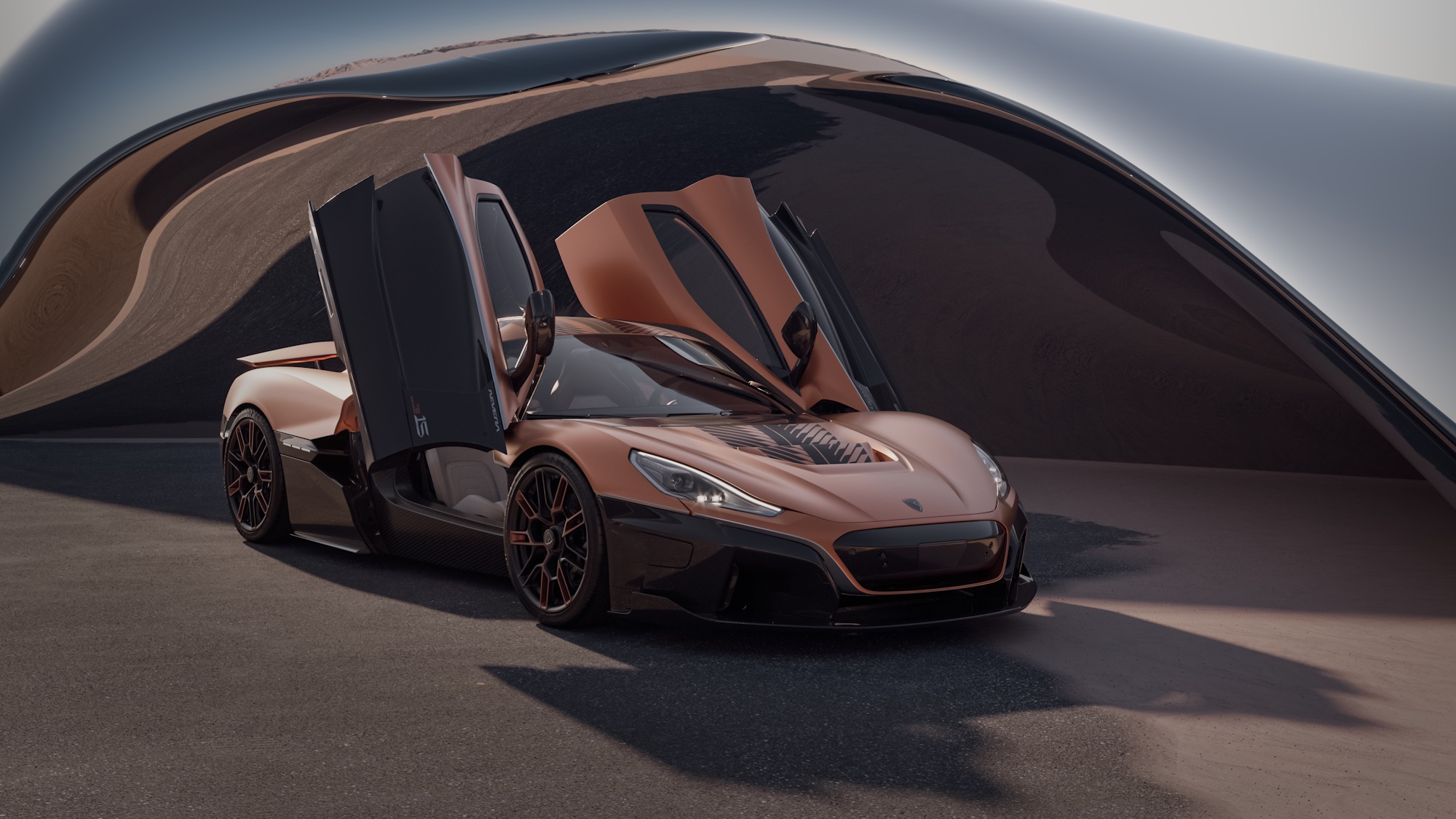This weekend, besides the start of the 2022 Formula 1 World Championship, there will also be the start of the Vios Challenge one-make series in Malaysia, going into Season 5 in 2022. Now a firmly established event on the country’s motorsports calendar, the event, which originated as part of the TOYOTA GAZOO Racing Festival (TGR Festival), is the most lucrative motorsports event in the country. In total, more than a half a million ringgit in prize money is offered by organisers UMW Toyota Motor and GAZOO Racing Malaysia, with RM70,000 and RM50,000 to the overall champions of the Super Sporting and Sporting Classes, respectively.
“The Vios Challenge and TGR Festival continue to evolve in line with our aspirations to contribute to the development of Malaysian motorsports. From a series that attracts professionals, gentlemen drivers and local celebrities, it has today grown into one of the most ideal, accessible and affordable platforms to hone the skills and experience of young drivers coming up the ranks in motorsports. And this year, we want enthusiasts and fans to become even more invested in the series by introducing a fantasy game that will enable them to better relate to their favourite drivers on the track,” said UMW Toyota Motor President, Ravindran K.
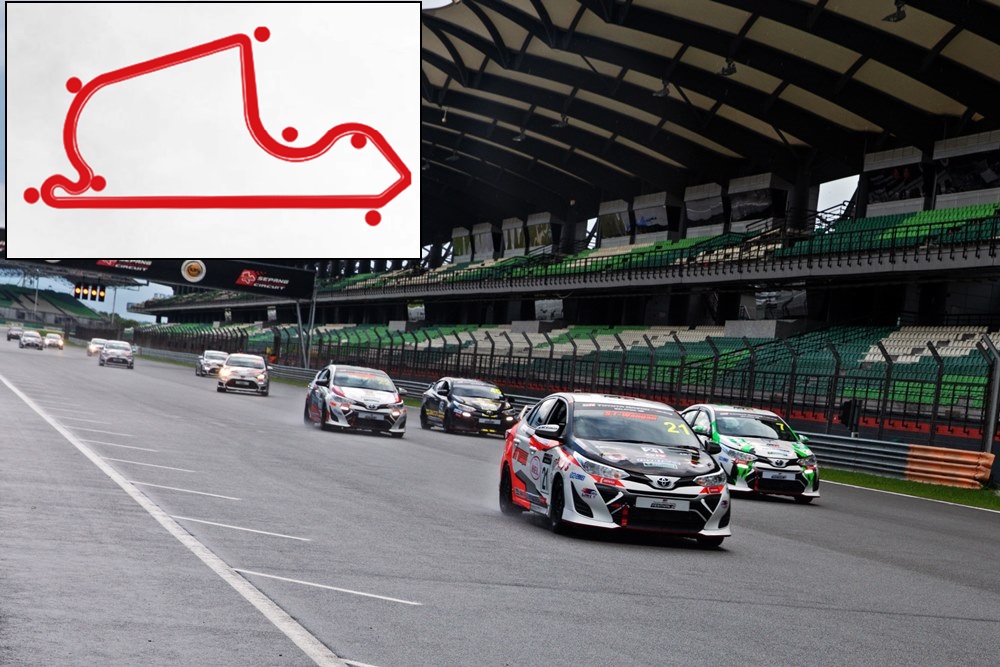
“The Vios Challenge, in more ways than one, is growing into what we would like to call ‘the people’s race’ and, in 4 seasons, we have kept to this objective by not only promoting motorsports to the masses both on ground and online, but maintaining a one-make race format that makes the event attractive to all levels of racers,” he added.
3 rounds, 6 races up till September
Season 5 will have 3 rounds with a total of 6 races. After the first round at the Sepang International Circuit this weekend, Rounds 2 and 3 will be held in June and September, respectively. Over the past 4 seasons, the event has attracted more than 8 million spectators and online viewers, garnering a social media reach exceeding 19 million, making it one of the most viewed domestic motor-racing events.
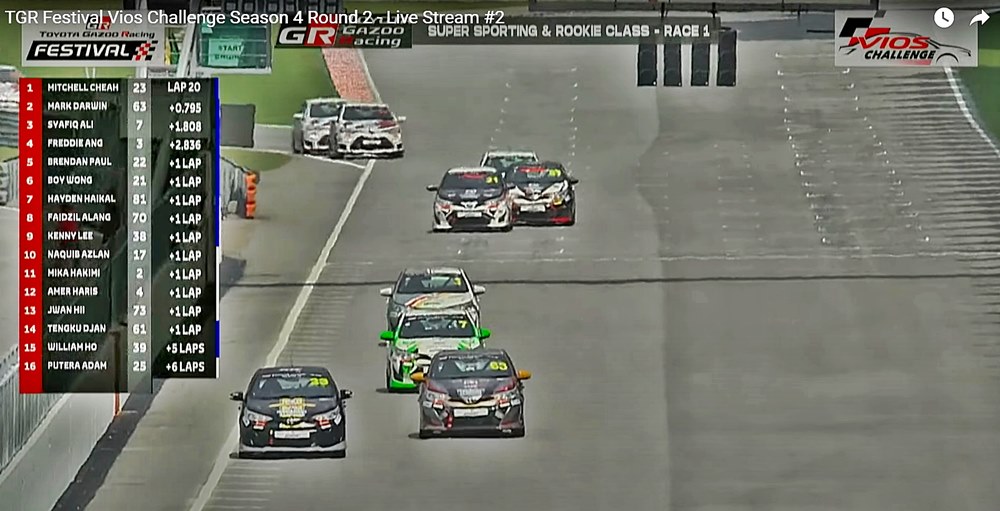
There are 4 classes as before: the popular Promotional Class; the Super Sporting Class; the Sporting Class; and the Rookie Class. For the Promotional Class, there will be 9 personalities competing against each other. Returning to defend his title is Season 4 champion and actor Shukri Yahaya; last year’s runner-up and actor Zizan Razak; television host Nabil Ahmad; actress Janna Nick; singers Wany Hasrita, Nabila Razali and Khai Bahar; TV personality Ahirine Ahiruddin; and actress and presenter Ain Edruce who is making her return to the Vios Challenge from a break last year after welcoming her first child.
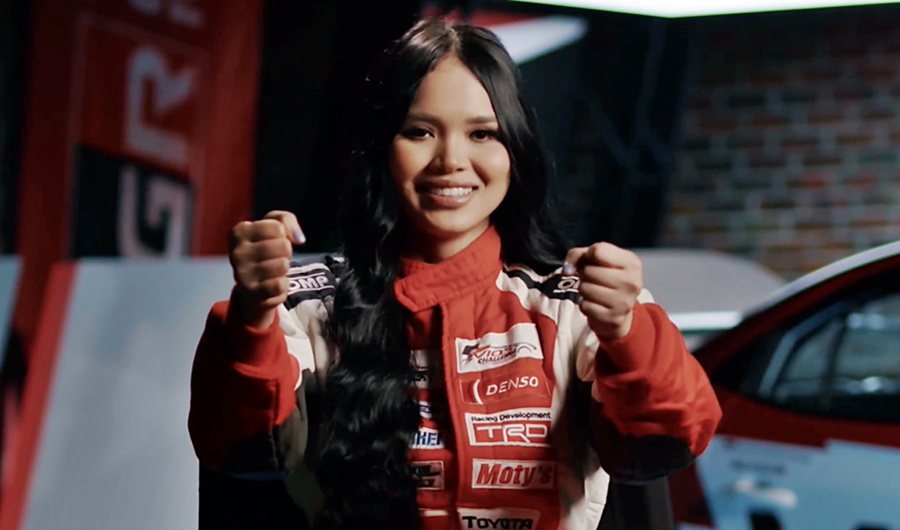
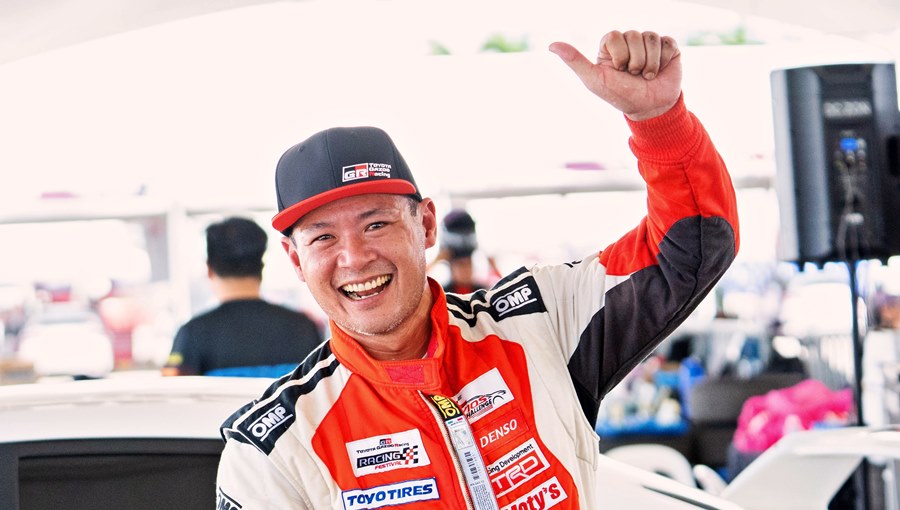
Veterans to duel again
The Super Sporting Class will see an epic battle with a field of former champions, veteran drivers, talented young drivers and several former internationals. Reigning and triple-crowned Super Sporting Class champion Tengku Djan Ley returns with the Prima Pearl Auto team this season but instead of a solo entry, he will be partnering international touring car Mitchell Cheah in a 2-car assault for the team.
Also fielding two-car teams are Laser Motor Racing’s Mark Darwin who will be alongside veteran racer Eddie Liew; and M7 Japan Project Team who will take to the grid with international touring and GT car driver Mohamed Fariqe Hairuman and young gun Amer Harris who moves up the ladder after graduating from the very first Vios Challenge Rookie Class last season.
Amer joins two other young drivers who are under the age of 20 competing in the Super Sporting Class. They are teenage prodigy and former Sporting Class champion Hayden Haikal and international single-seater driver Alister Yoong who is also the son of ex-F1 driver Alex Yoong. Both will drive for the Axle Motorsports team which was established by Alex. Driving a third entry for Axle Motorsports will be former Super Sporting Class champion Boy Wong.
“The TGR Festival and the Vios Challenge is by far the best platform for racing in Malaysia at the moment. It is professionally run, the cars are great and why wouldn’t we want to seize the opportunity to be part of it,” said Alex. “Boy is one of the most underrated senior drivers in the country. He is, and has been very quick throughout his racing career. In the academy that I run, we have brought in close to 1,500 new young drivers into the sports via our simulator competition and races but only tens have successfully made the transition to driving real race cars. This, however, doesn’t mean we are going to ignore senior drivers. I hope to see Boy Wong, Naquib, Hayden and Alister being very competitive this season.”
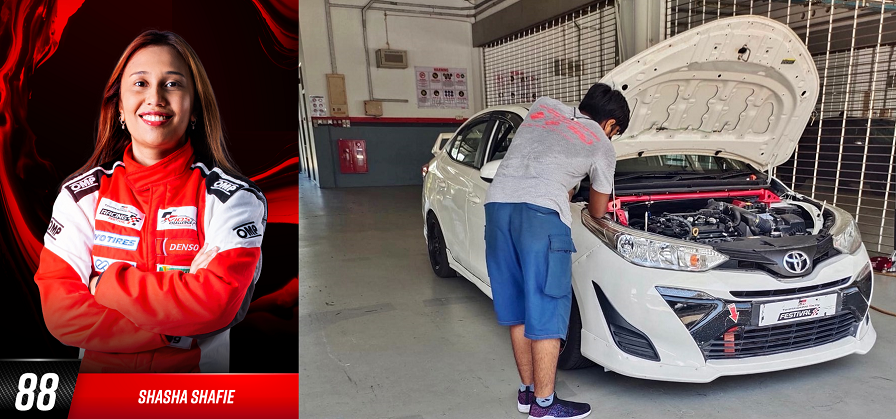
In the Sporting Class – one of the most fiercely contested with a field of 20 drivers – there will also be a female among the drivers on the starting grid. She is R&R Sport Speed Garage’s Shasha Shafie, one of three new drivers to the class who also include Super Evergreen Motorsports’ Muhamad Roni Risman and 23 Motors’ Abdul Miqail.
Two racing families
The Rookie Class will see a fresh group of newcomers who have received training to develop their skills. The 6 new faces are Adele Liew, Ashen Shanmuganathan, Muhammad Hamdany Abdul Hamid; Nabil Azlan, Sharique Zulqarnain; and Muizz Musyaffa. The parents of Adele and Ashen, Eddie Liew and Shanmuganathan Arumugan, are also taking part in the Super Sporting and Sporting Classes, respectively, while Nabil is the brother of last year’s Rookie Class champion, Naquib Azlan. Like his brother, he has developed skills through sim racing and now get to use them in real-world racing.
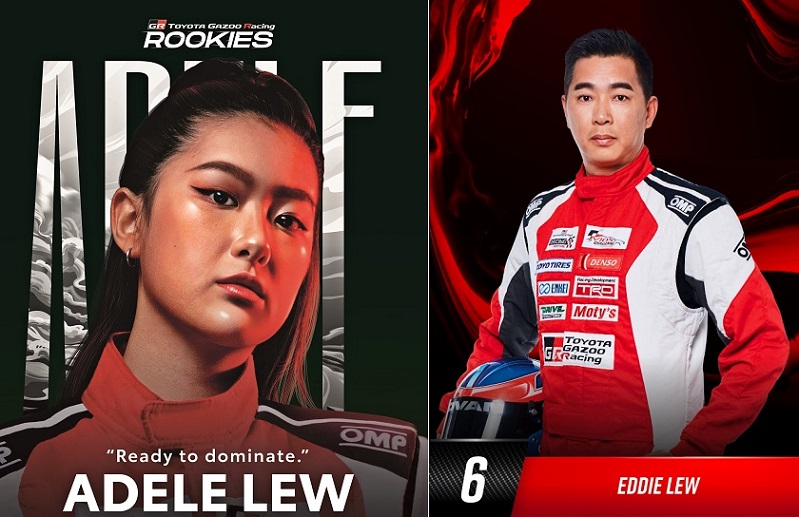
“This is a very special moment for the both of us,” said Adele, 20, who has had limited experience in fun karts. “In order for me to be able to race with my father means that he has been in motorsports for a very long time. And to my knowledge, there has never been a father-daughter racing in the same event and on the same weekend in Malaysia! This is going to be a whole new experience for the both of us and my father is equally very excited. He is definitely the best mentor I could have ever hoped for to prepare me for my first race weekend.
GAZOO Racing Dream Team TGR Fantasy
While the event remains closed to the public as a safeguard against the pandemic, the action will be live streamed during each day. This year, a new feature that gives the public a chance to be more involved is the GAZOO Racing Dream Team TGR Fantasy. This is a racing platform where players sign up and compete against each other by creating their very own TGR Dream Team of racers they think will perform best throughout the season. Participants will have to select 3 drivers from each of the 4 classes of racing, and their team will accumulate or lose points based on the real racing results throughout the 3 rounds in Season 5. The player with the most number of points will be declared the winner at the end of each round and prizes will be given out at the end of the season.
Racing fans and enthusiasts can catch the weekend’s action and stage performances by local celebrities streamed live on the UMW Toyota Motor website at www.toyota.com.my and on the Toyota Malaysia and TOYOTA GAZOO Racing Malaysia Facebook pages.




